When planning a bathroom renovation, balancing aesthetics and functionality has become a core consideration. LED bathroom mirrors, with their superior performance, have gradually evolved from a high-end option to a focal point in modern bathroom design. These products not only provide illumination but also integrate features like anti-fog and smart controls, significantly enhancing the spatial experience. Data shows that over 65% of homeowners prioritise improving lighting as a top priority for bathroom renovations. LED mirrors perfectly address the shortcomings of traditional lighting by providing uniform, shadowless light. Their CRI (colour rendering index) exceeding 90 perfectly replicates natural light (Source: Design Lighting Consortium), meeting the needs of delicate makeup and skincare applications. Notably, with the increasing popularity of smart home concepts, LED bathroom mirrors are becoming a key connection point for other smart devices, further expanding their value proposition.
1. Core Functions and User Benefits
The core advantages of LED bathroom mirrors are reflected in three key areas:
Improved Lighting Performance
Traditional ceiling lights provide only partial illumination, leaving 30%-40% of the face in shadows. LED mirrors, however, achieve zero shadow coverage (Source: Journal of Lighting Engineering). Recent research shows that mirrors using full-spectrum LED technology accurately reproduce skin tones 40% better than conventional lighting, significantly improving the precision of makeup and skincare applications (Source: Dermatology and Beauty Technology Review).
Energy Efficiency
LEDs consume 75% less energy than traditional lighting. With an average daily usage of two hours, annual electricity bill savings can reach $18-25 (Source: US DOE).
Integrated Functionality
Anti-fog function ensures consistently clear mirrors, reducing cleaning time by 75% (Source: Home Appliances Research)
Built-in power outlets eliminate the need for extended outlets for 86% of users (Source: Consumer Technology Association)
Smart sensor systems automatically adjust brightness based on ambient light, improving energy savings by 15% (Source: Smart Home Magazine)
In practice, the functionality of LED bathroom mirrors has expanded far beyond basic expectations. For example, many high-end models now feature integrated voice control, allowing users to adjust the light colour temperature (adjustable from 2700K to 6000K) and brightness using voice commands while washing, without having to touch the mirror. This significantly improves convenience and hygiene. Market feedback indicates that satisfaction with this feature among large households reaches 94% (Source: Home Technology Association).
2. Installation and Design Integration Guide
Successful LED mirror integration requires a three-stage process:
2.1 Pre-installation Planning
A 110-120V power port (US standard) must be reserved for electrical wiring modifications. 12/2 gauge wire is recommended to ensure a stable power supply.
A 1:1.6 ratio is recommended for mirror size and wall surface (Source: Interior Design Standards).
A reference height for installation is 60-65 inches.
Specific installation plans require special consideration for different wall structures. For drywall, heavy-duty anchor bolts are recommended, with a minimum load capacity of 50 pounds per point. For tiled walls, pre-drill holes using a specialised glass drill bit and seal the holes with silicone to prevent moisture penetration. Professional installation teams emphasise that proper installation procedures can extend product life by 30% (Source: National Contractors Association).
2.2 Style Adaptation
According to the 2023 Bathroom Design Trends Report (Source: NKBA):
Minimalist Style: Frameless Designs Are Preferred, Representing 47%
Industrial Style: Black Metal Frame Selection Increased by 32%
Traditional Style: Bronze/Gold Framed Mirror Sales Increased by 28%
Notably, the choice of material directly impacts the user experience. Medical-grade silver mirror glass has a 15% higher reflectivity and 60% lower image distortion than ordinary aluminium mirrors. Models with an IP44 waterproof rating have a failure rate three times lower than standard products in high-temperature and high-humidity environments (Source: Bathroom Product Durability Council).
2.3 Cost-Benefit Analysis
The return on investment for mid- to high-end LED mirrors ($500-$1200) is demonstrated by:
Reduced energy consumption shortens the payback period to 2.3 years (Source: ENERGY STAR)
The resale value of the property can reach 63% of the installed cost (Source: NAR)
From a long-term perspective, a high-quality LED module has a theoretical lifespan of up to 50,000 hours. Based on an average daily usage of 4 hours, this can last for over 34 years. This means that in most cases, the lifespan of an LED bathroom mirror will far exceed the overall bathroom renovation period, making it a long-term investment that can be revived until the next renovation (Source: Long-term Home Product Study).

3. Empirical Data and Market Feedback
Based on a survey of 3,000 households (Source: Home Improvement Insights):
91% of users cite the anti-fog feature as their most practical benefit.
87% of users say they no longer need to purchase a separate makeup mirror.
The in-mirror temperature control reduces bathroom humidity by 41% (Source: Building Environment Journal).
Particularly noteworthy is the feedback from elderly users. Research shows that the smart nightlight feature on LED bathroom mirrors can reduce nighttime waking accidents by 57% for users over 65 (Source: Senior Safety Research Institute). The soft nighttime illumination, which provides adequate visibility without fully waking the user, is highly valued in multigenerational homes.
4. Solutions to Common Problems
Installation Complexity
Professional installation takes 1.5-2.5 hours, 40% longer than traditional lamps.
Maintenance Cost
LED modules have a lifespan of 50,000 hours and a 10-year failure rate of only 2.1% (Source: LED Manufacturers Association).
To address ageing electrical circuits, a common issue in renovations, it's recommended to conduct a wiring assessment before installation. Data shows that 38% of homes built before 1970 require electrical upgrades before installing a smart mirror (Source: Vintage Home Renovation Journal). Professional electricians recommend using GFCI (ground fault circuit interrupter) protection, which not only complies with National Electrical Code requirements but also reduces the risk of electrical accidents by 80% (Source: Electrical Safety Foundation International).
Conclusion
LED bathroom mirrors, through their scientific lighting design, multifunctional integration, and energy-efficient control, are a value enhancer for bathroom renovations. Data demonstrates that they not only address core lighting pain points but also offer a comprehensive return on investment (ROI) through a 63% asset premium (Source: NAR) and sustained energy savings. In modern bathroom design, LED mirrors have evolved from decorative elements to essential functional cores. With the continued development of IoT technology, LED bathroom mirrors will be deeply integrated with health monitoring, environmental sensing, and other functions, becoming an even more crucial component of the smart home ecosystem. Consumers are advised to prioritise models with expansion interfaces and firmware upgrade capabilities to ensure future-proof investment and long-term value.
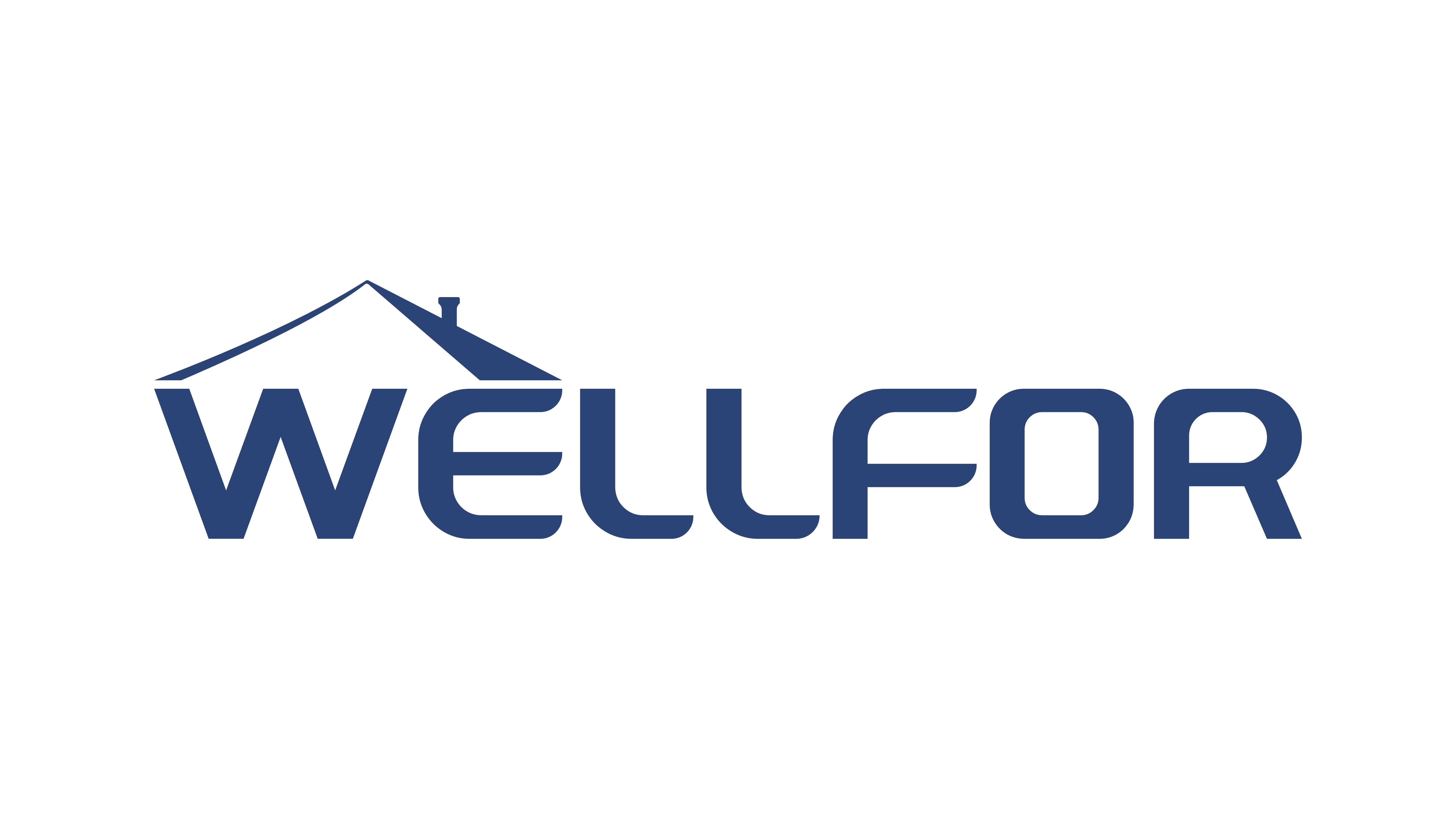
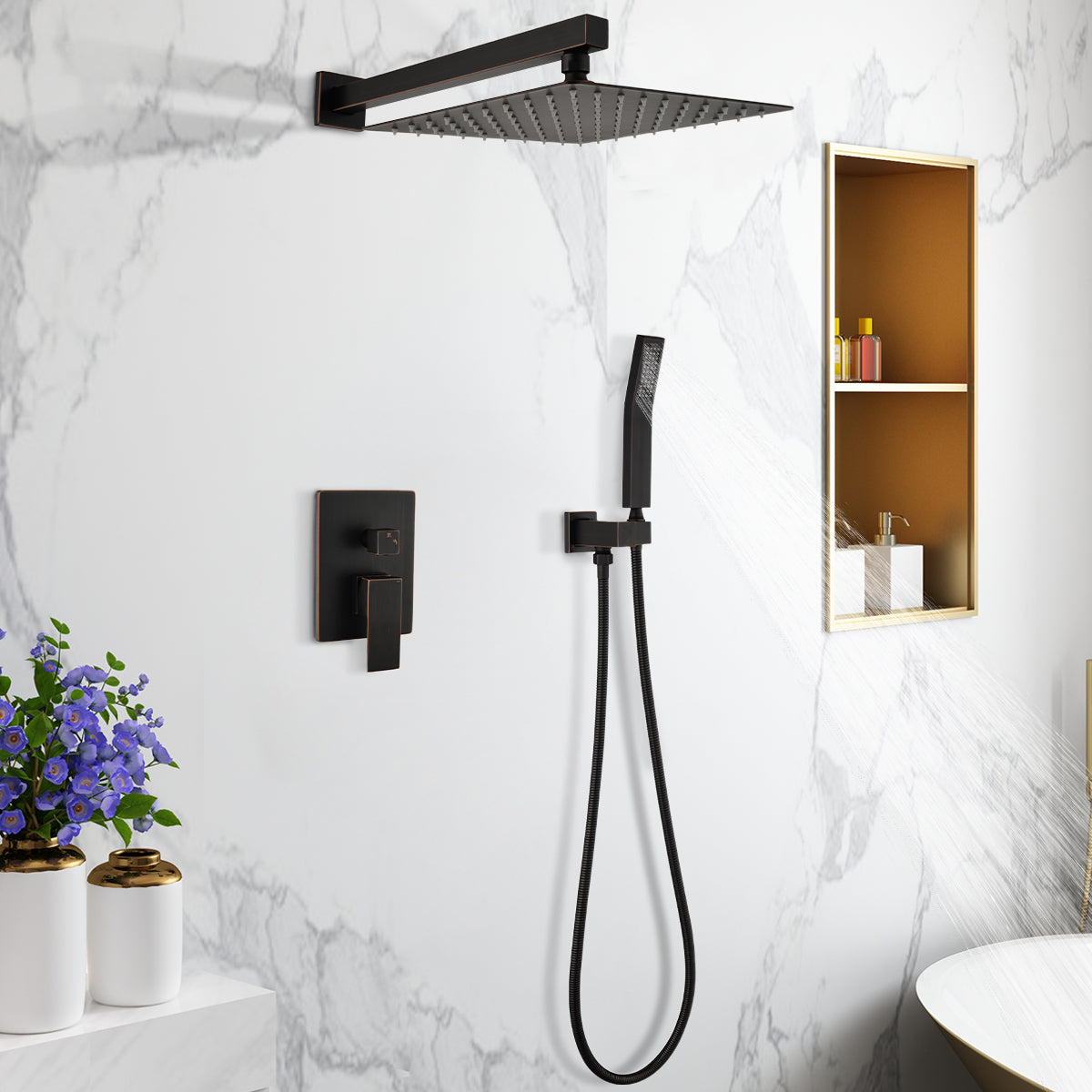
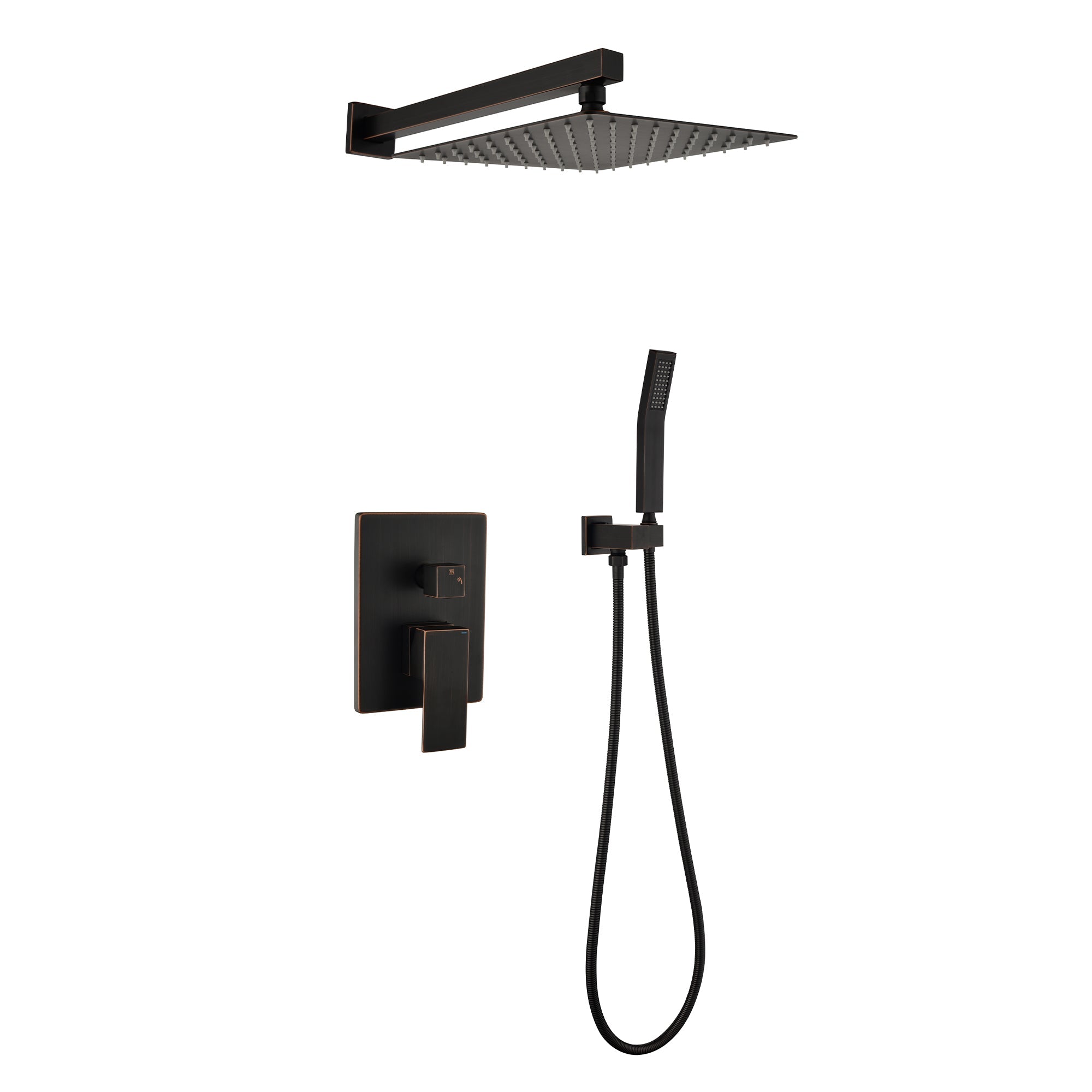


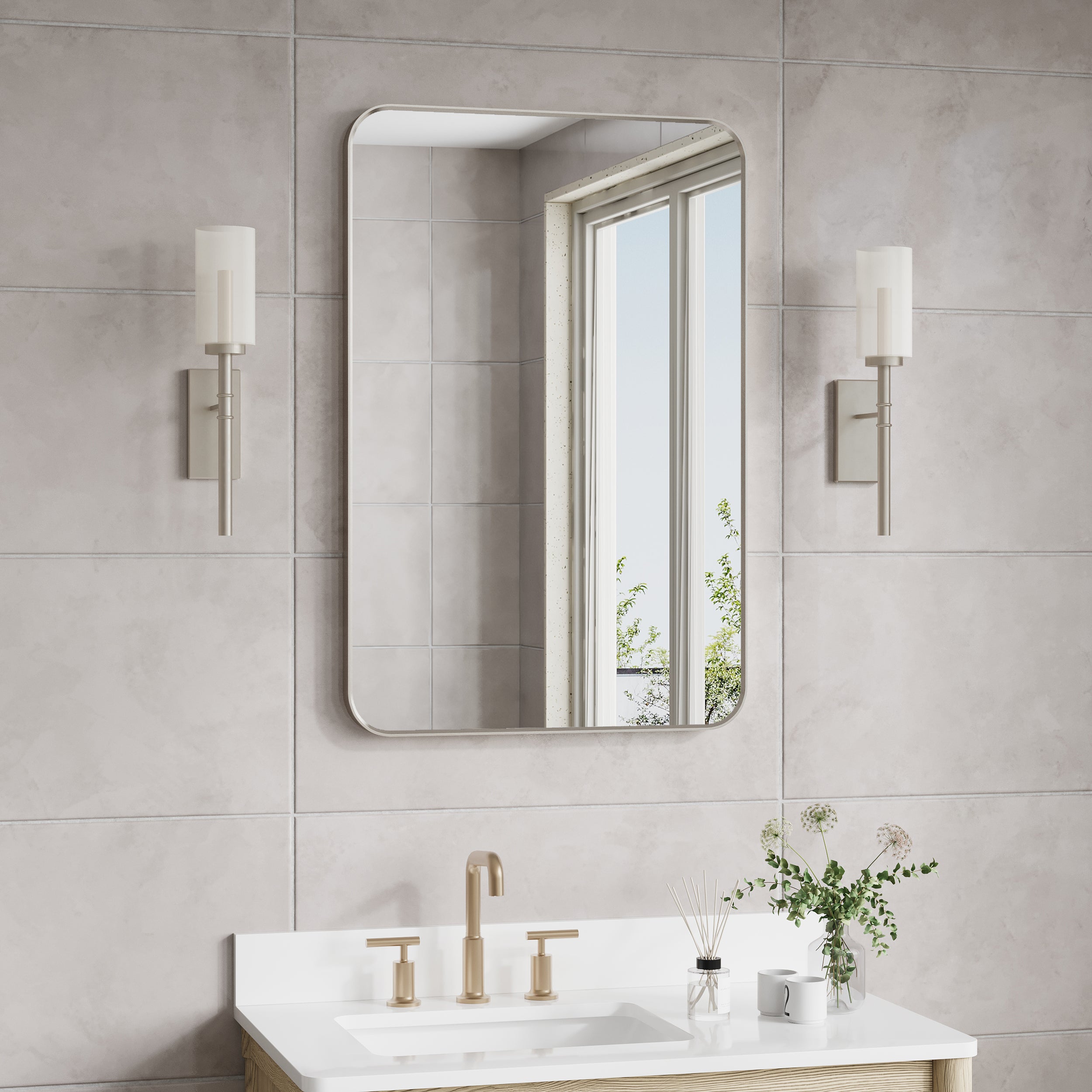
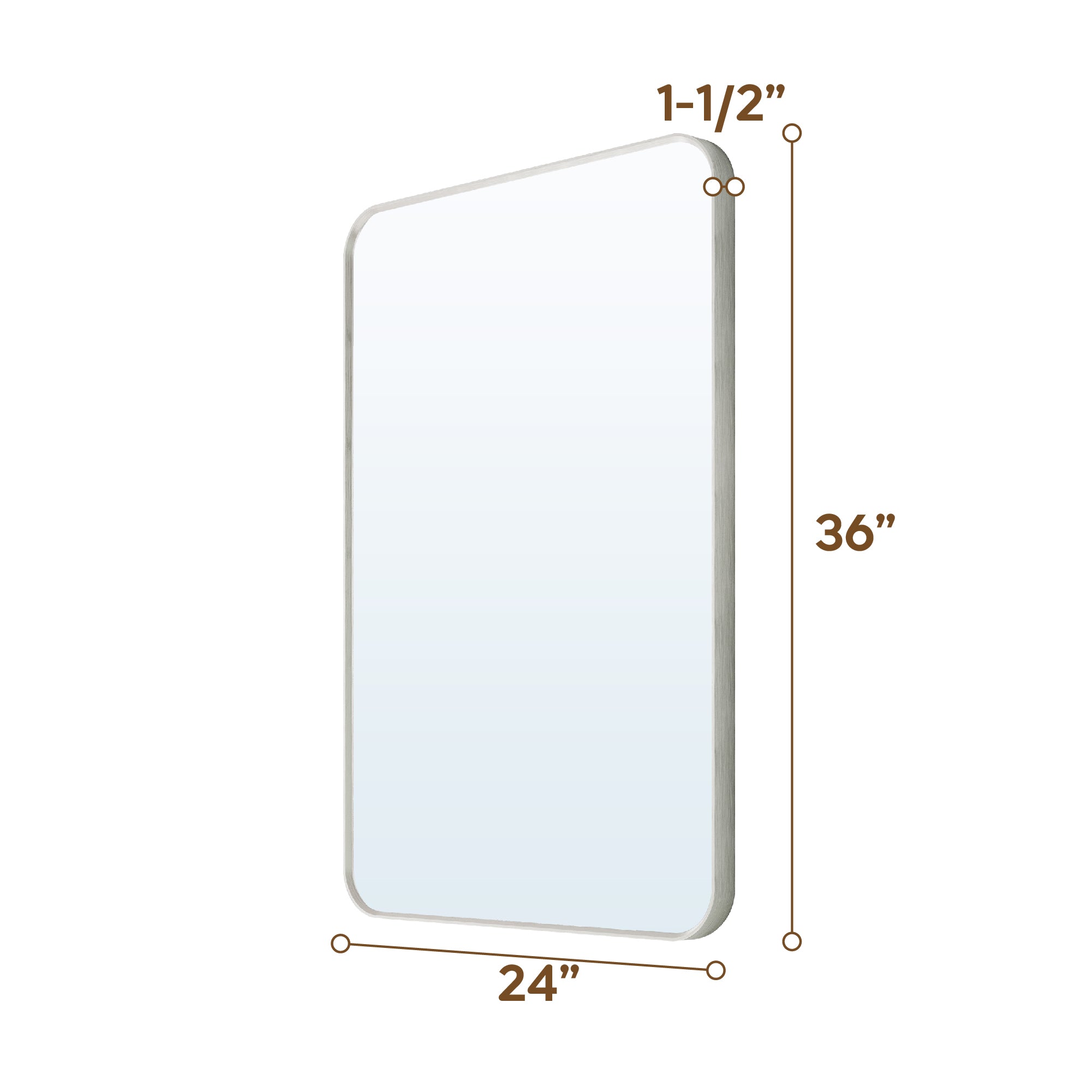

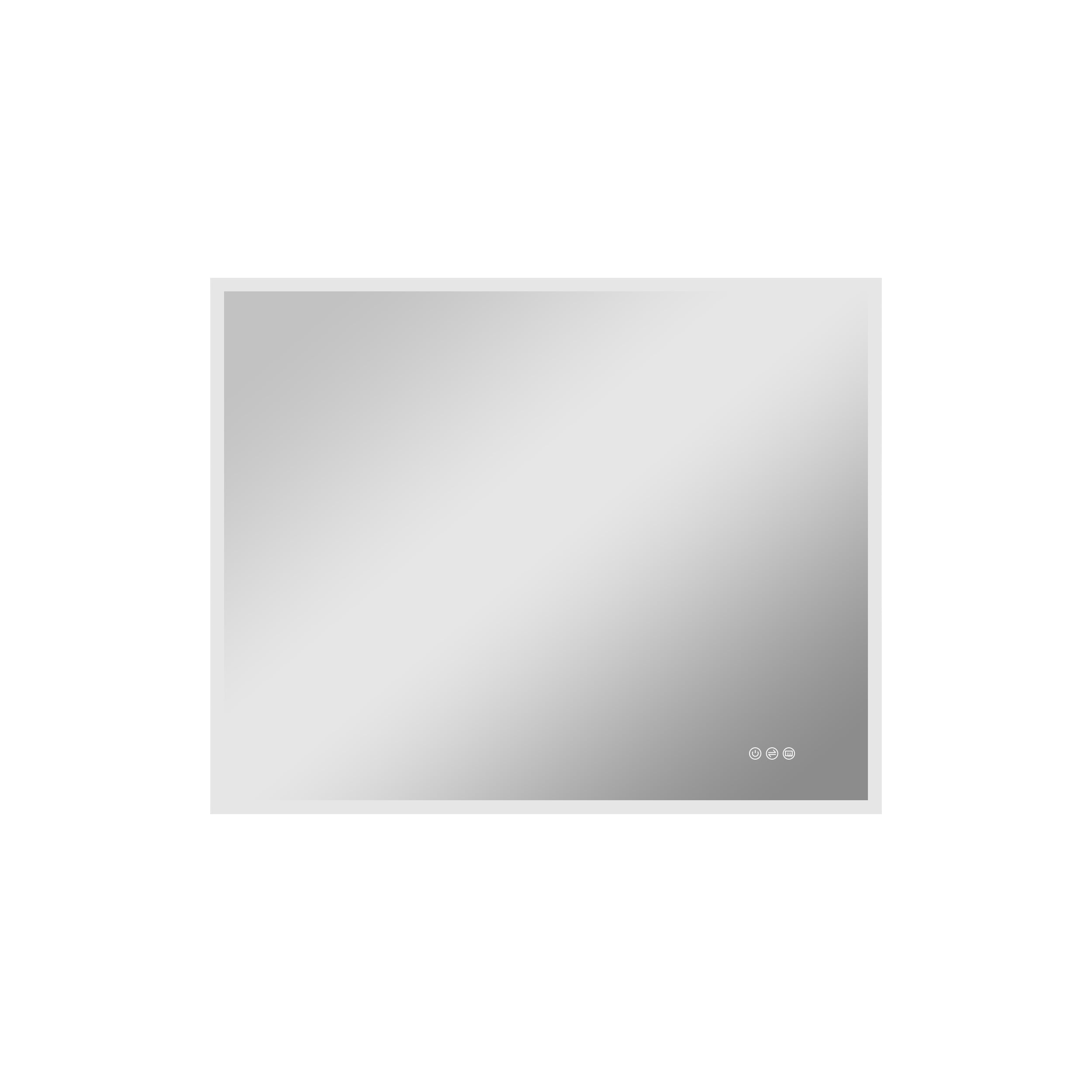
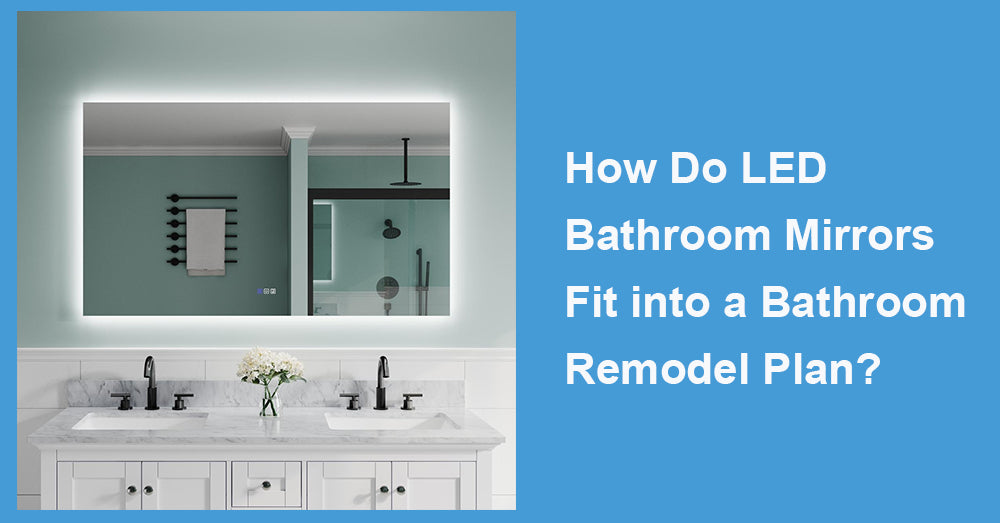
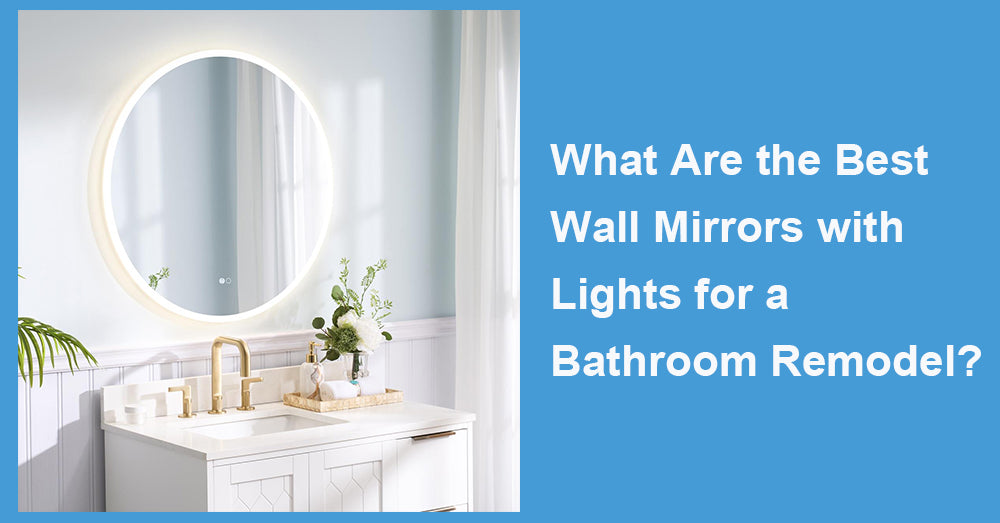

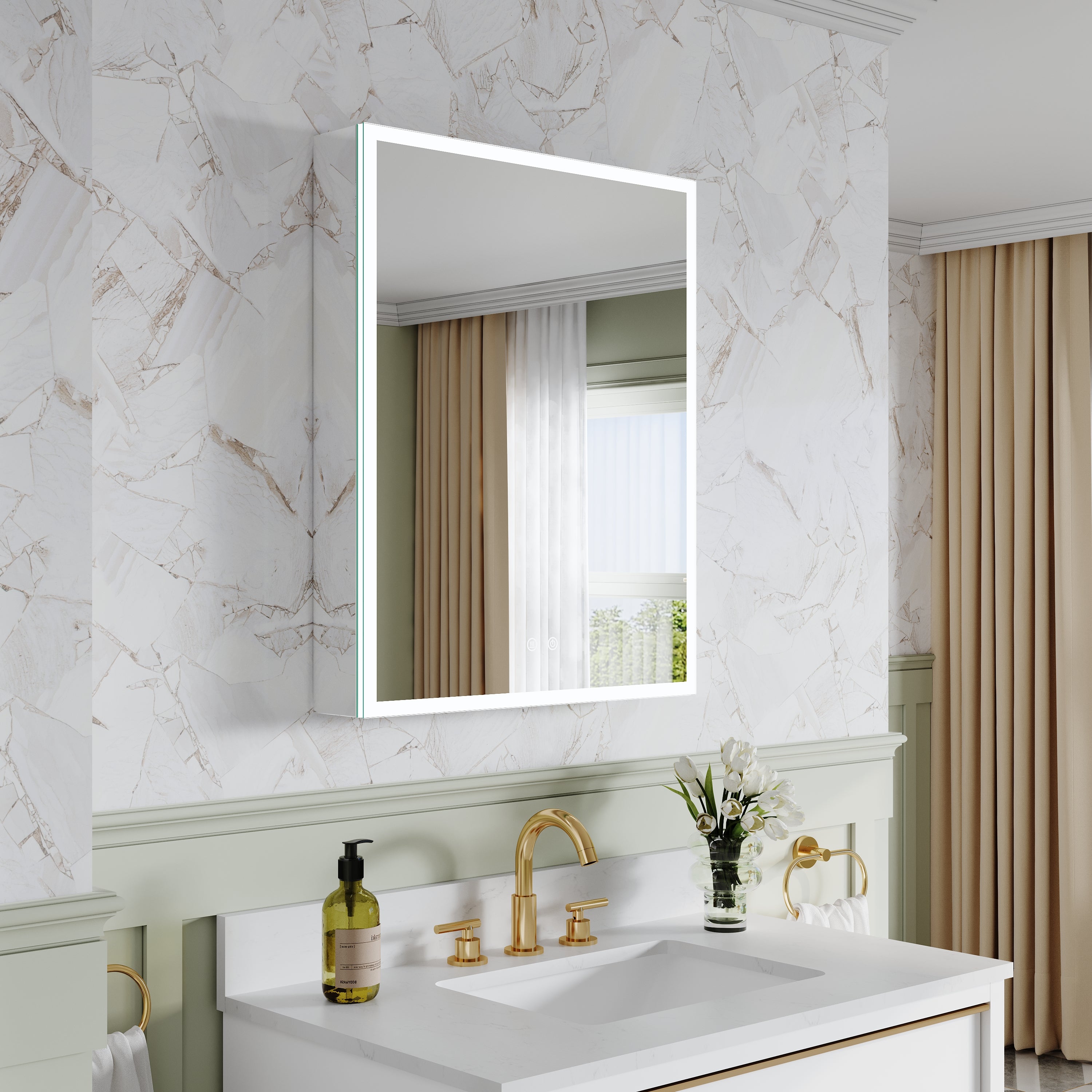
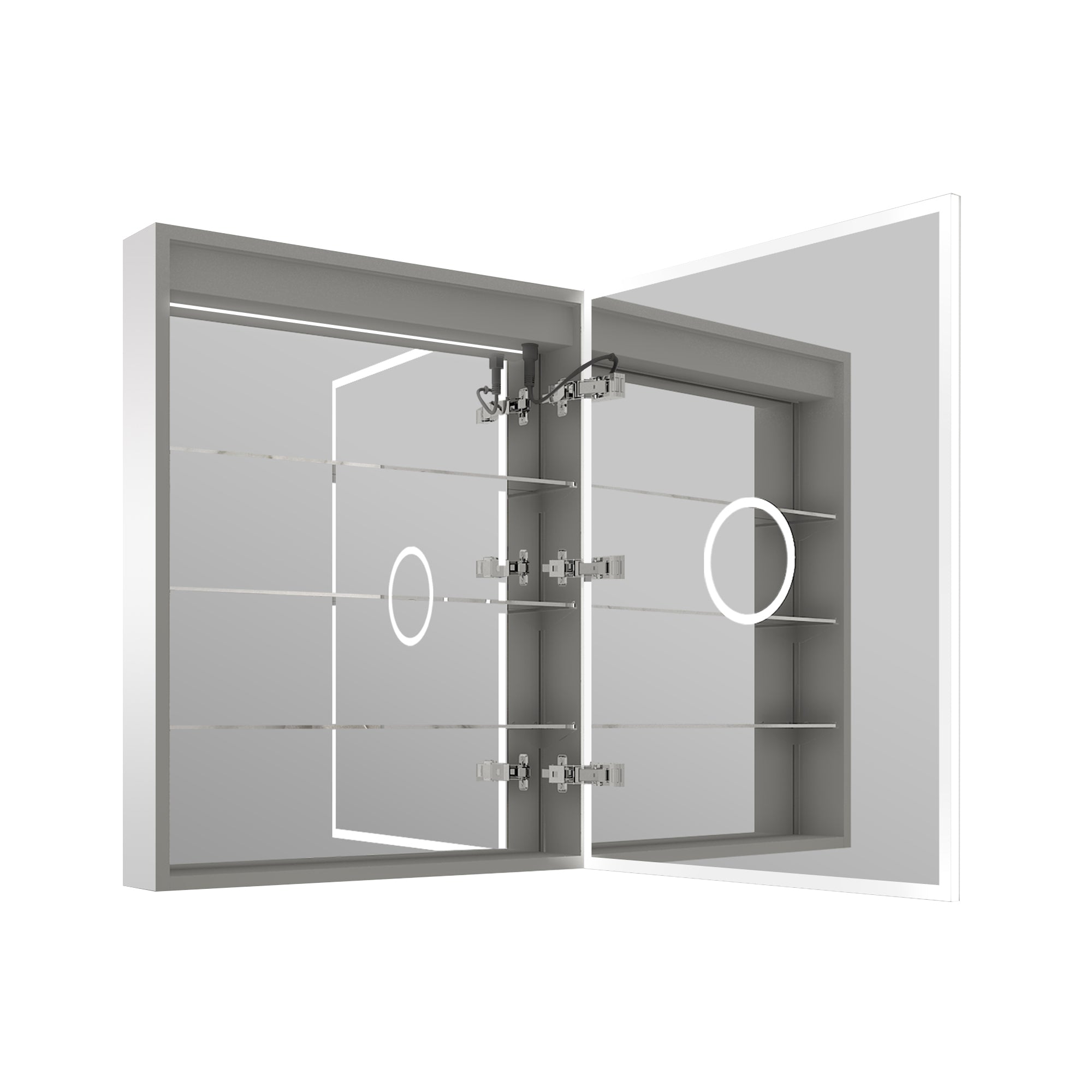
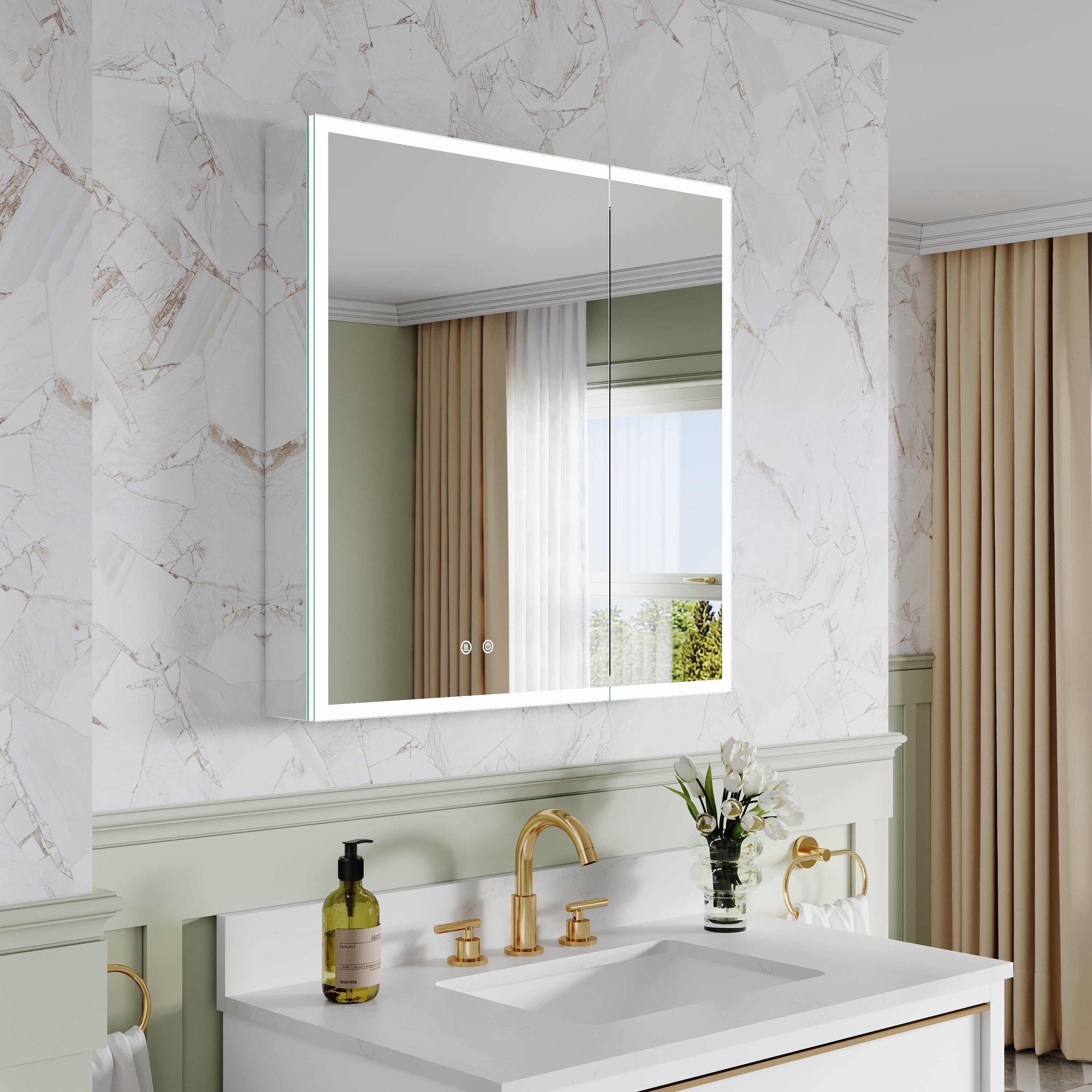
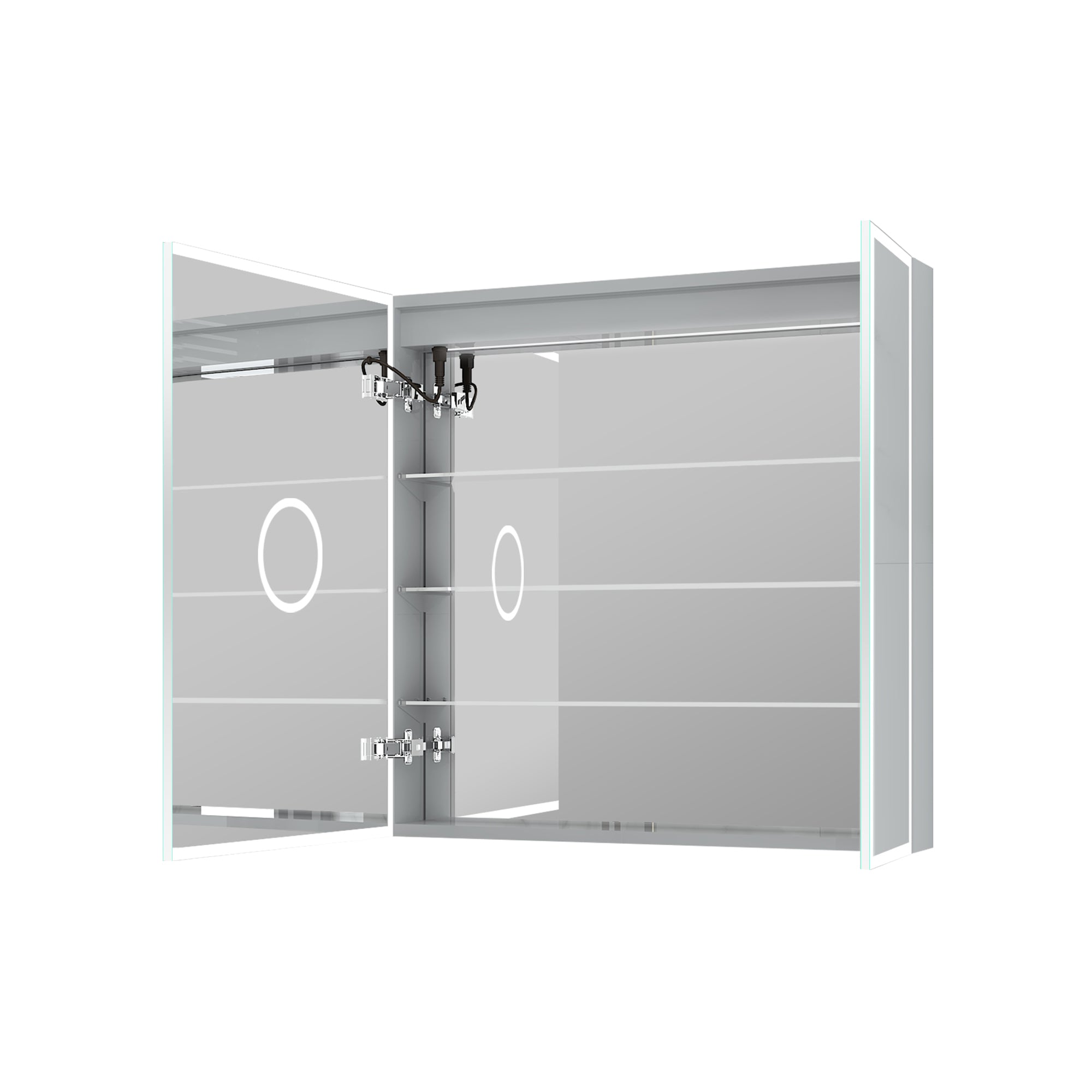
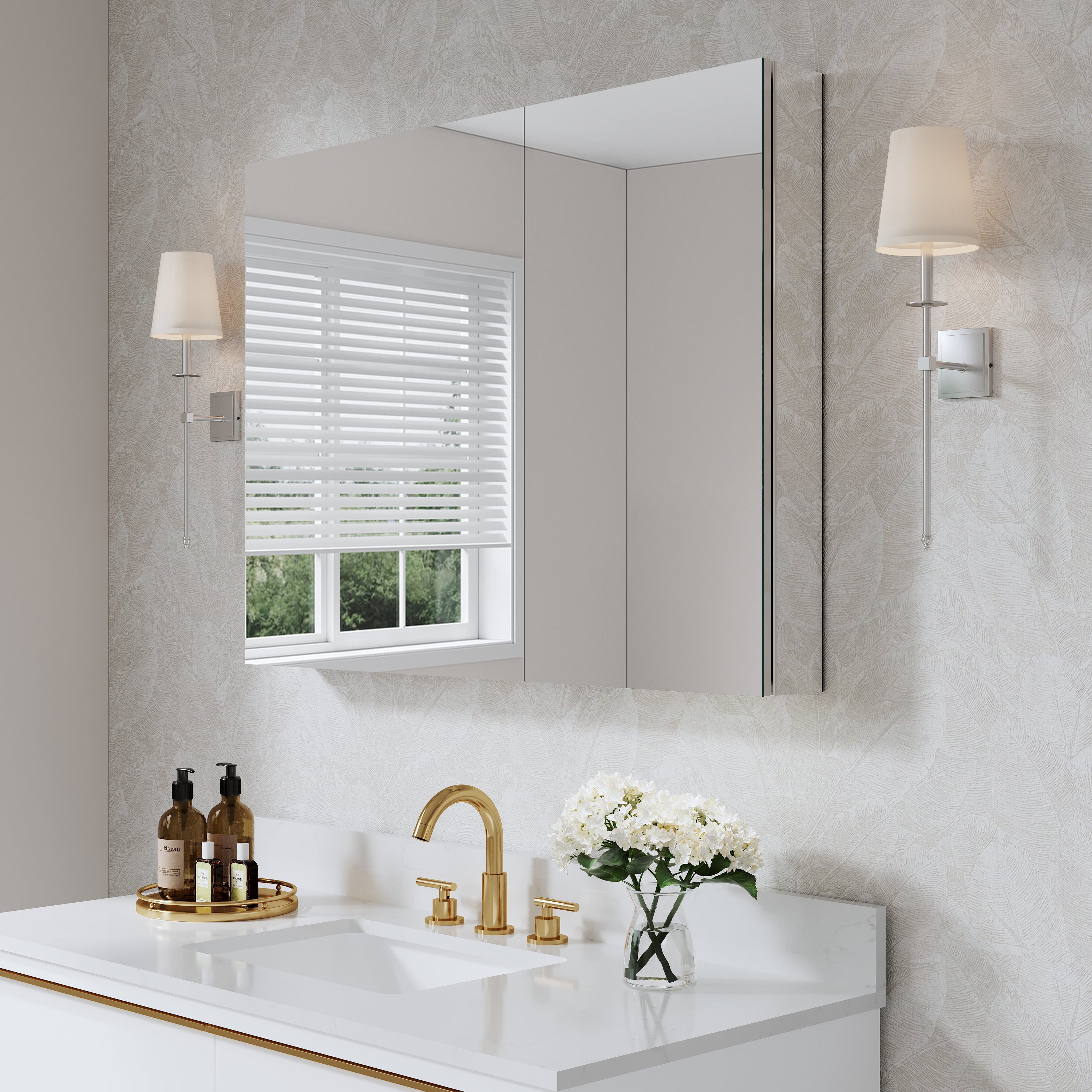

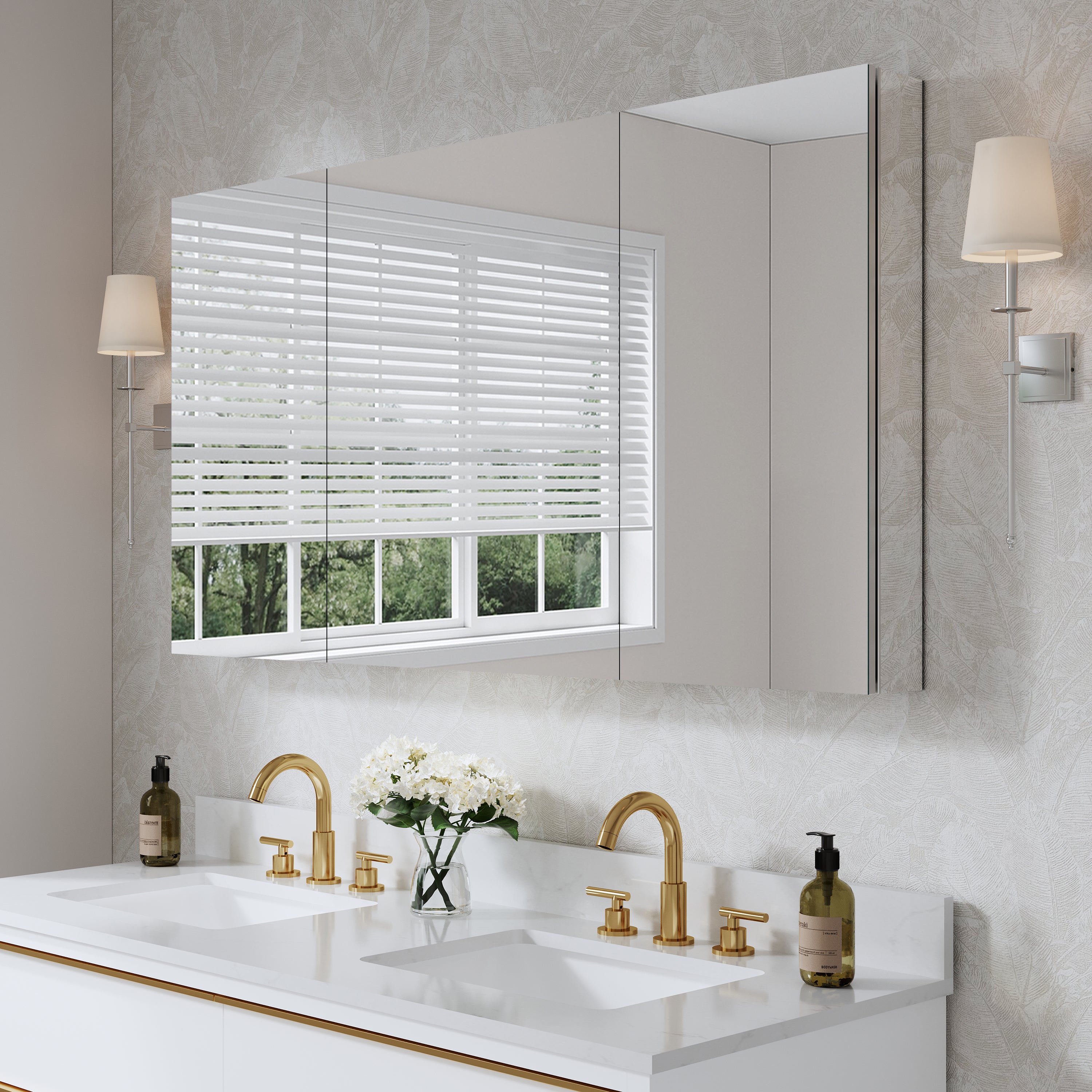

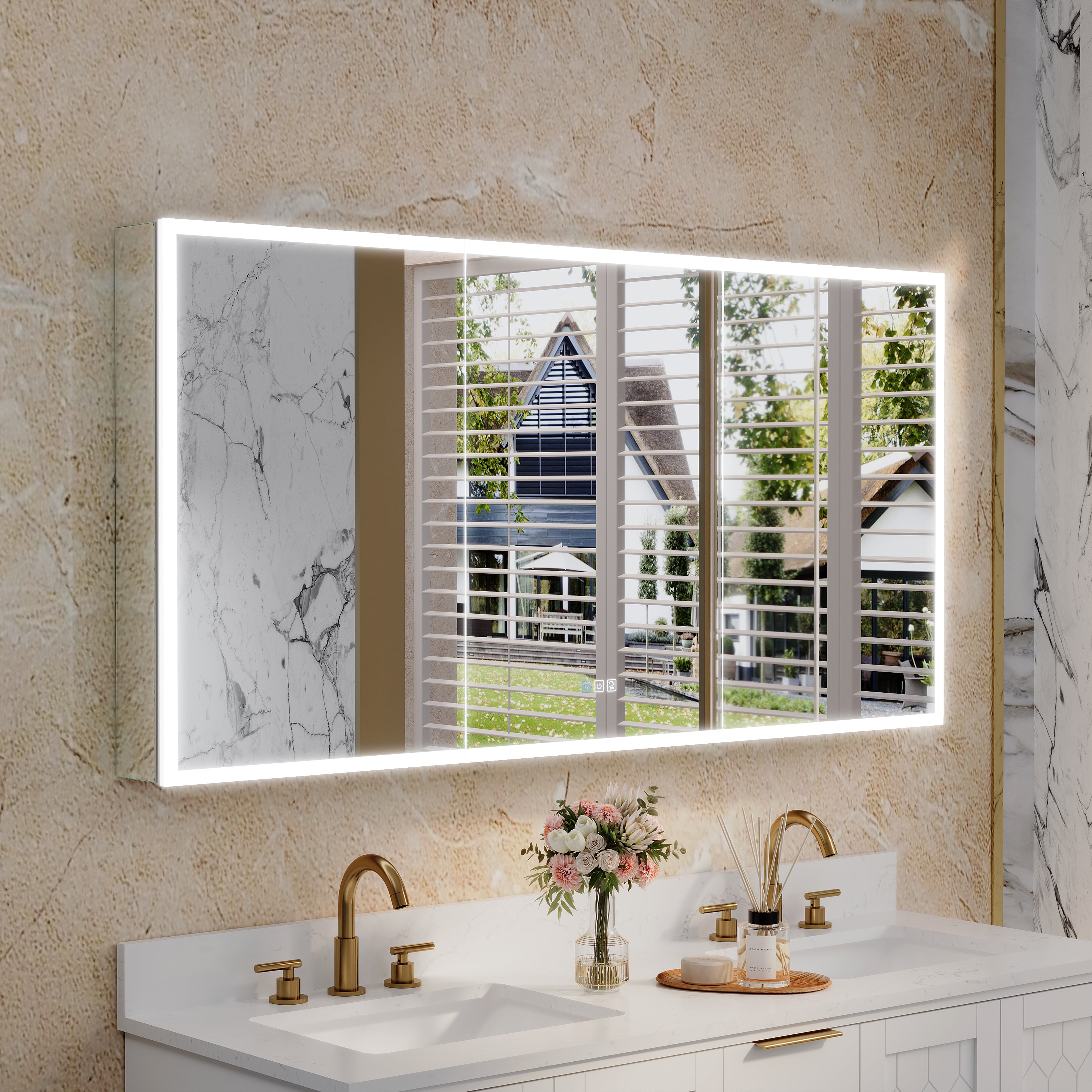

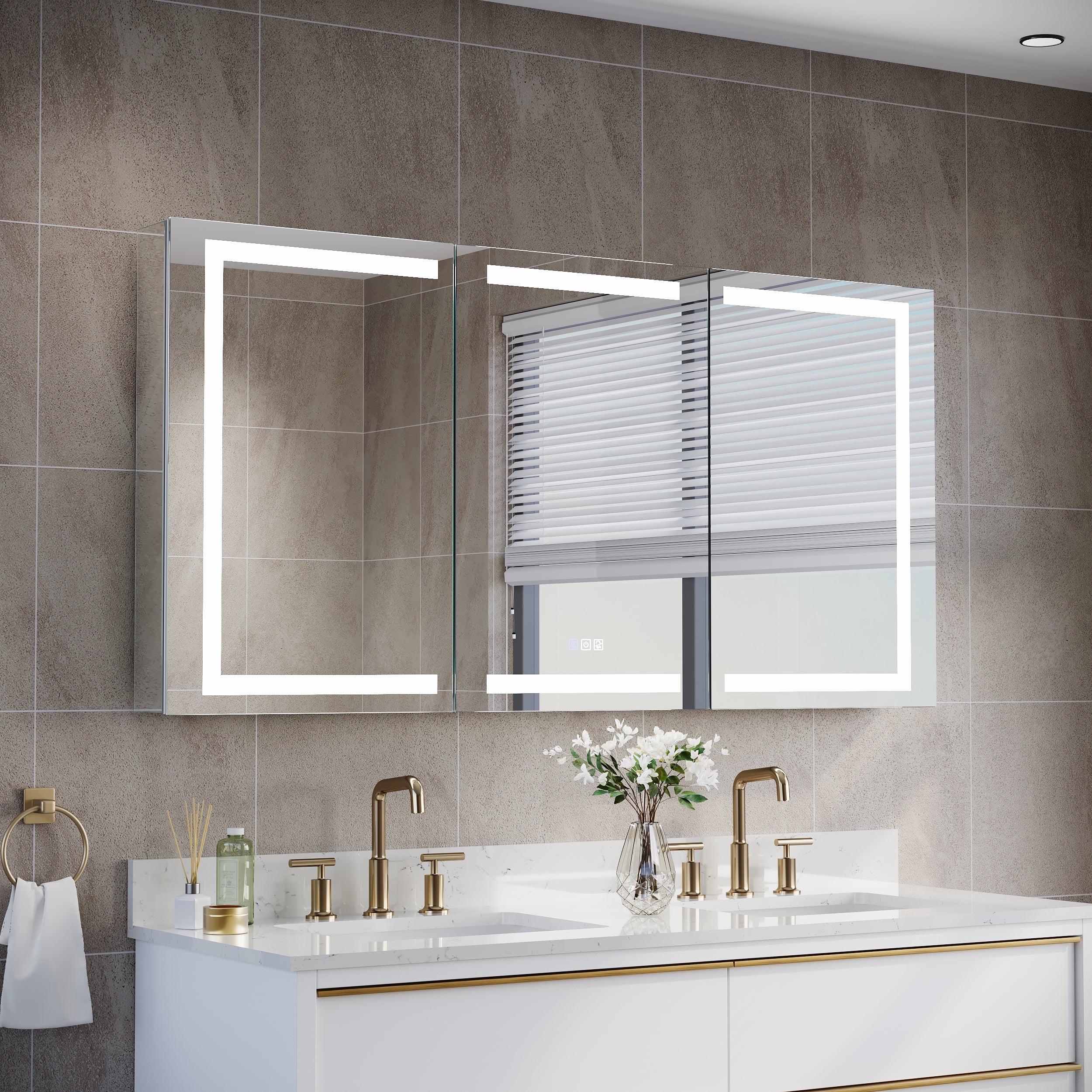


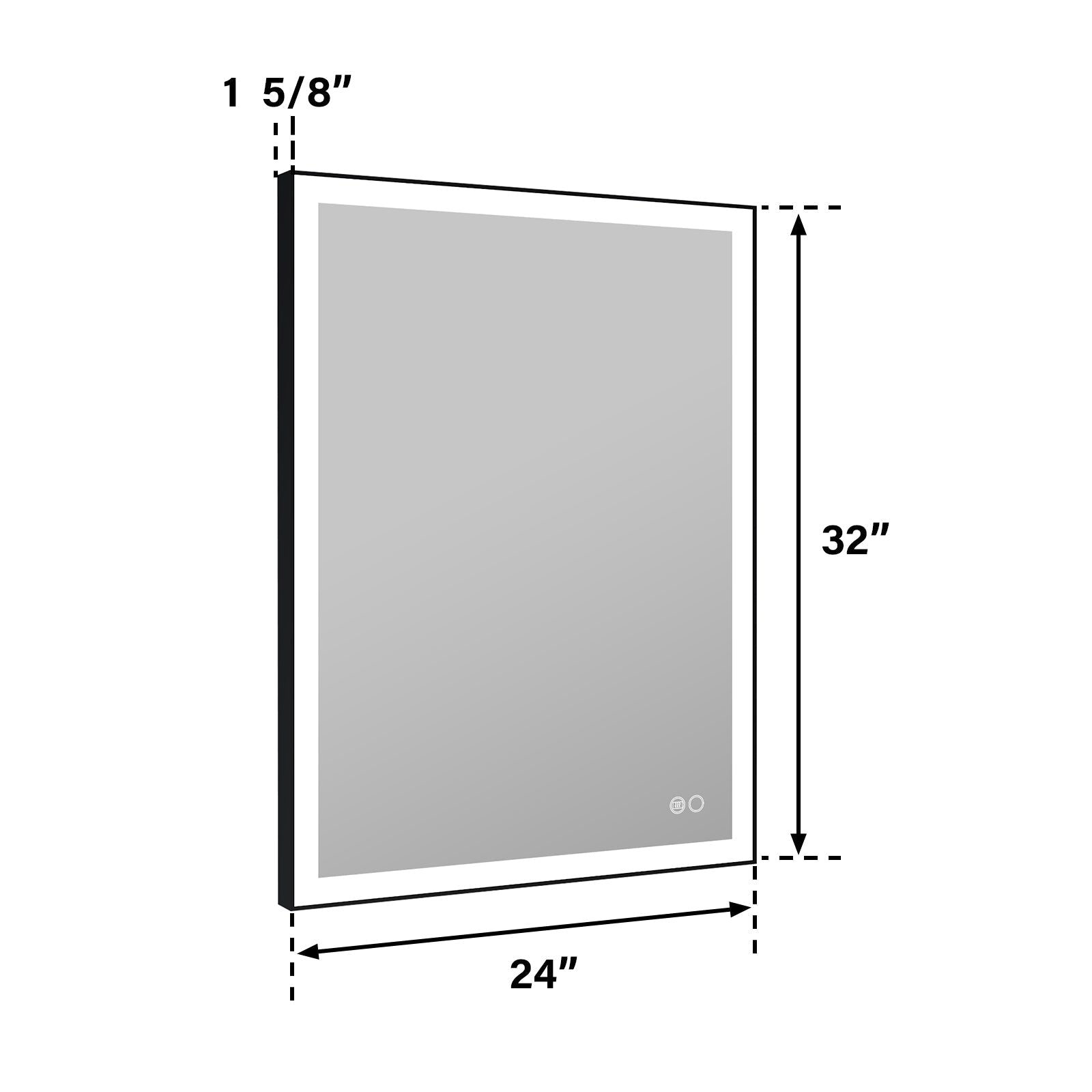
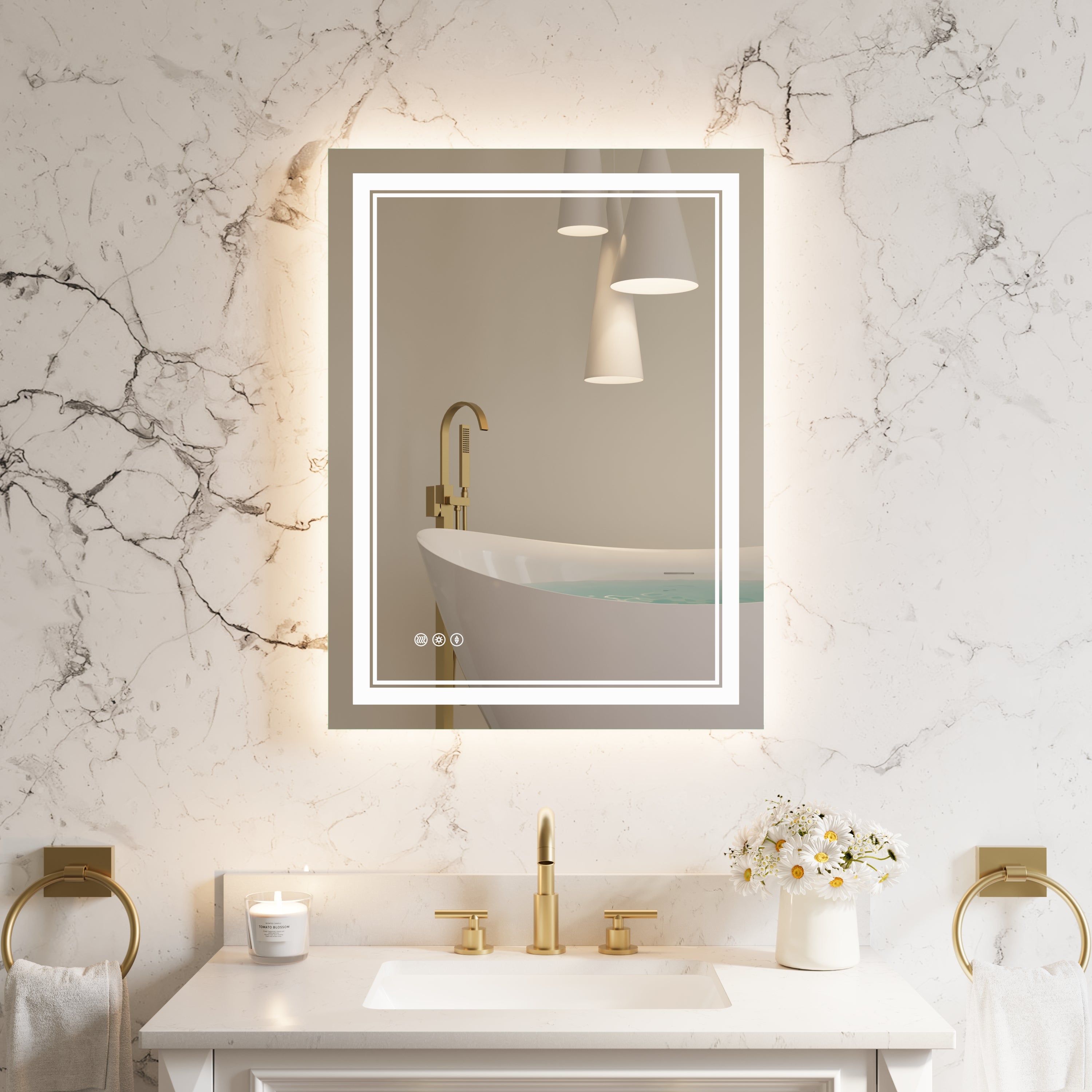
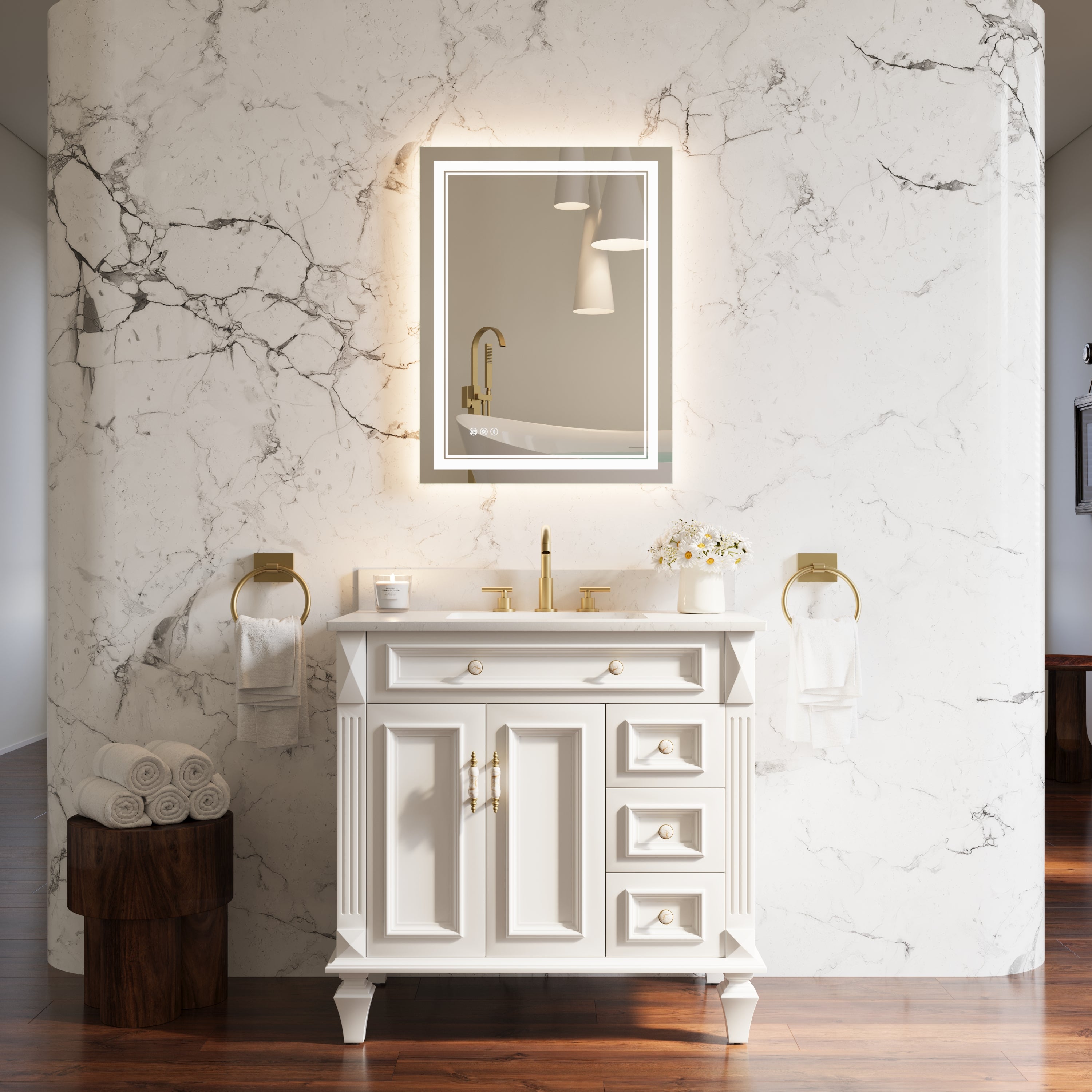
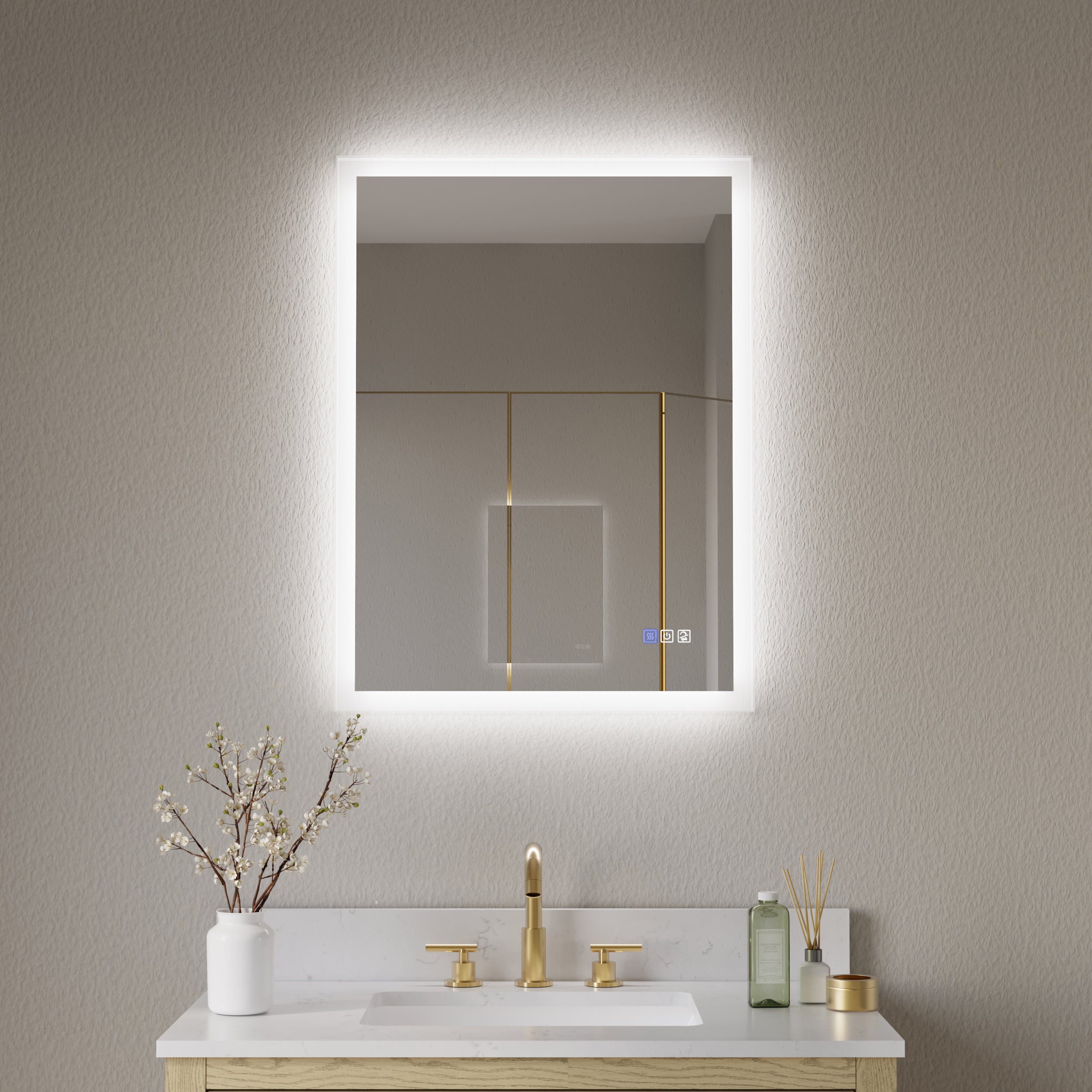

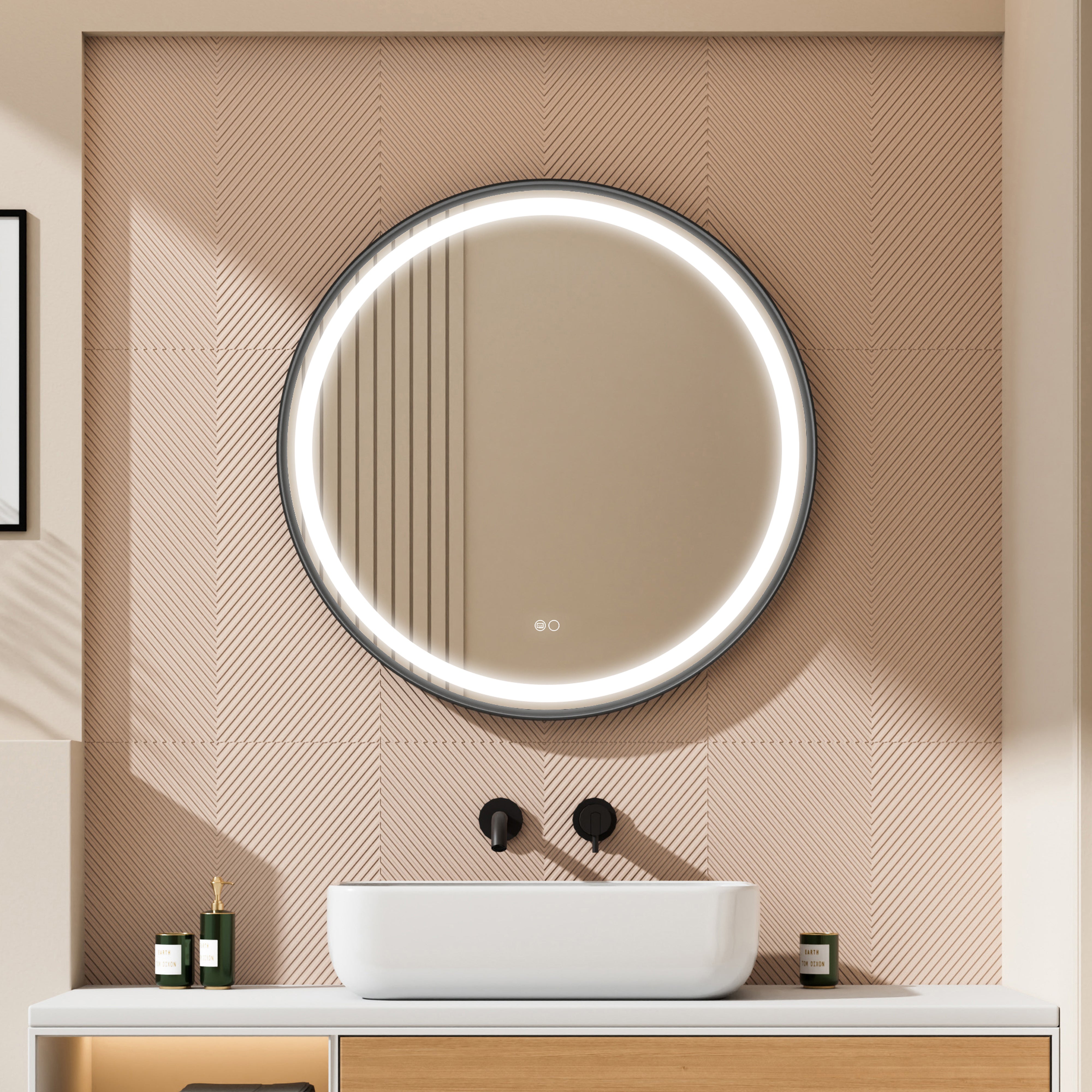
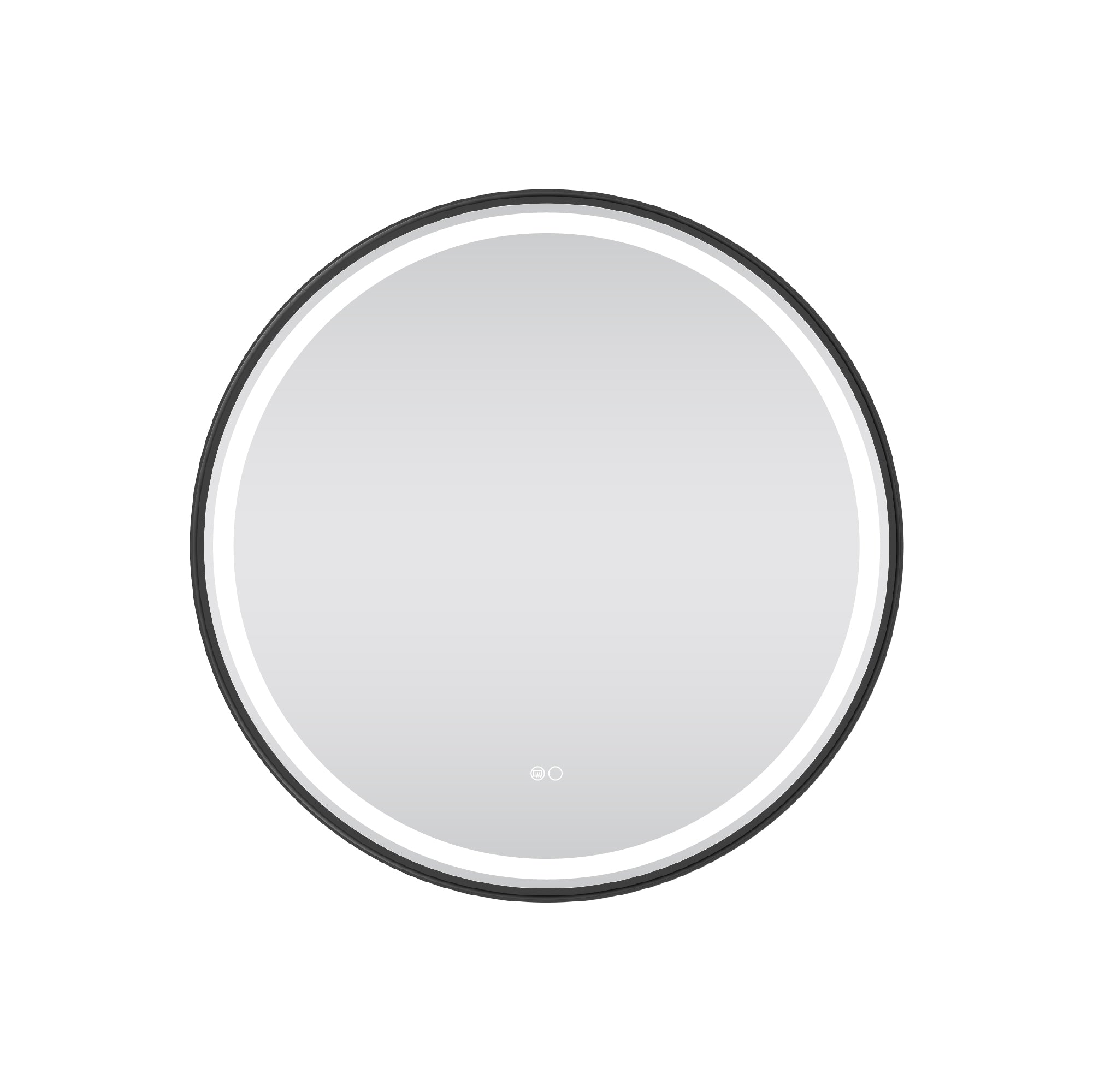


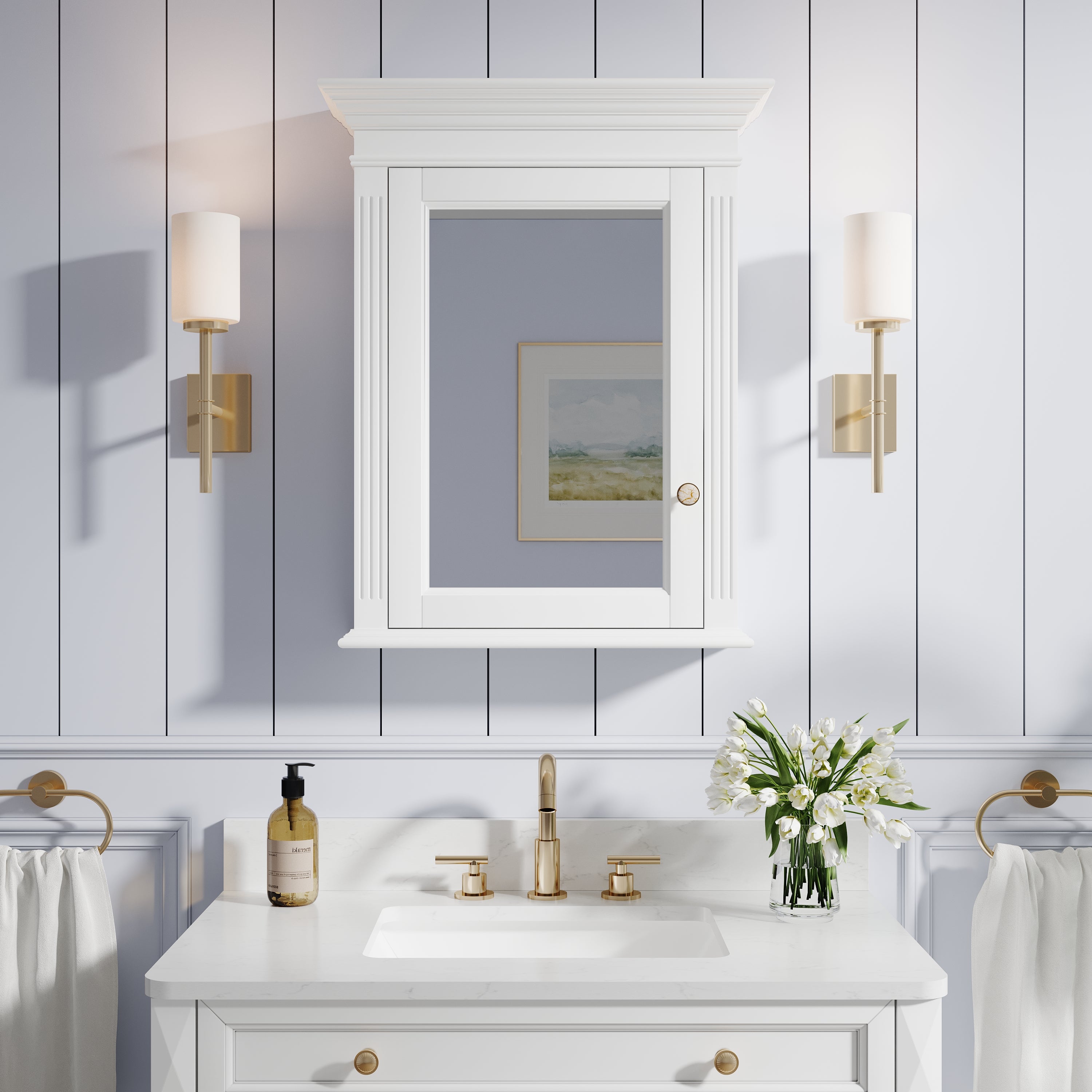
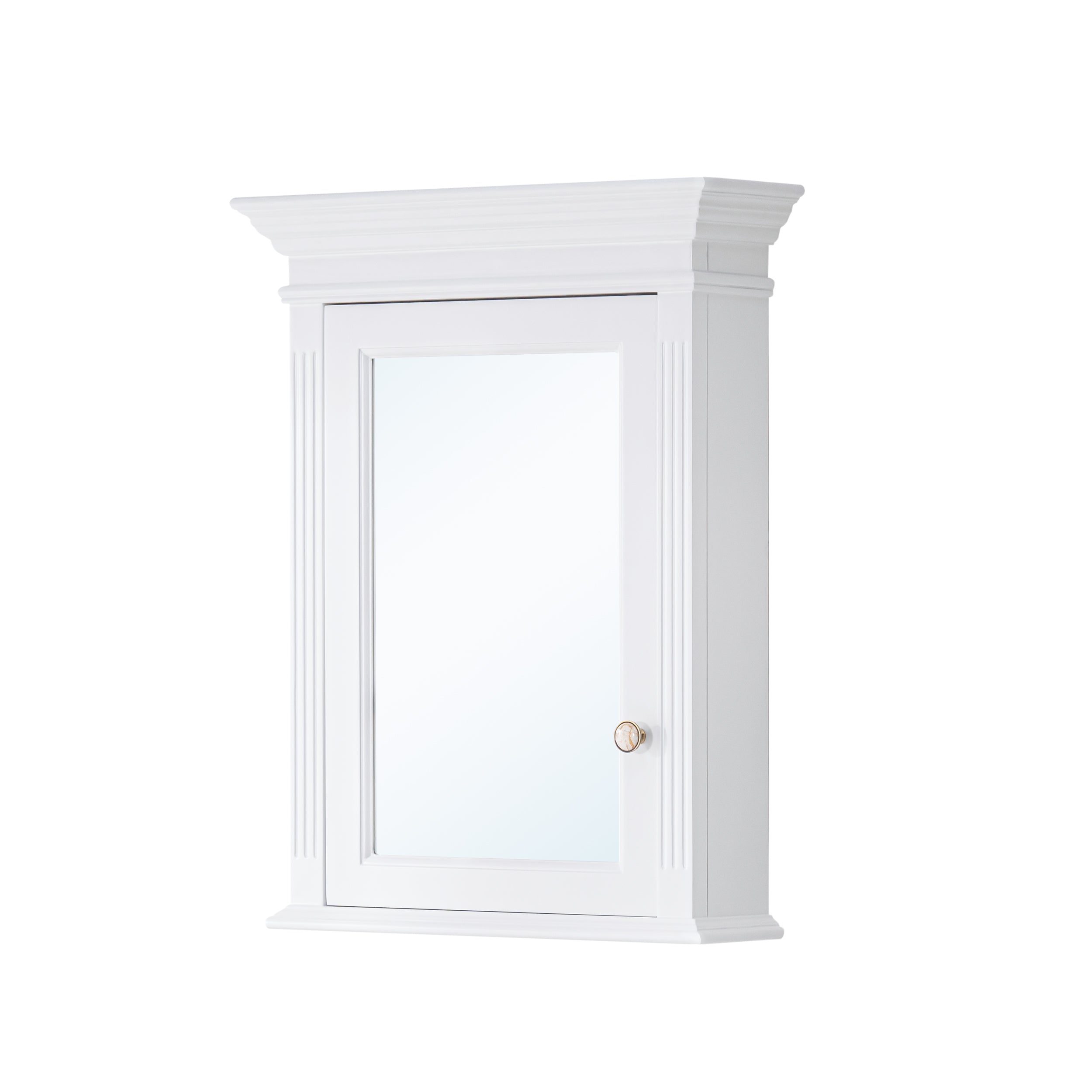
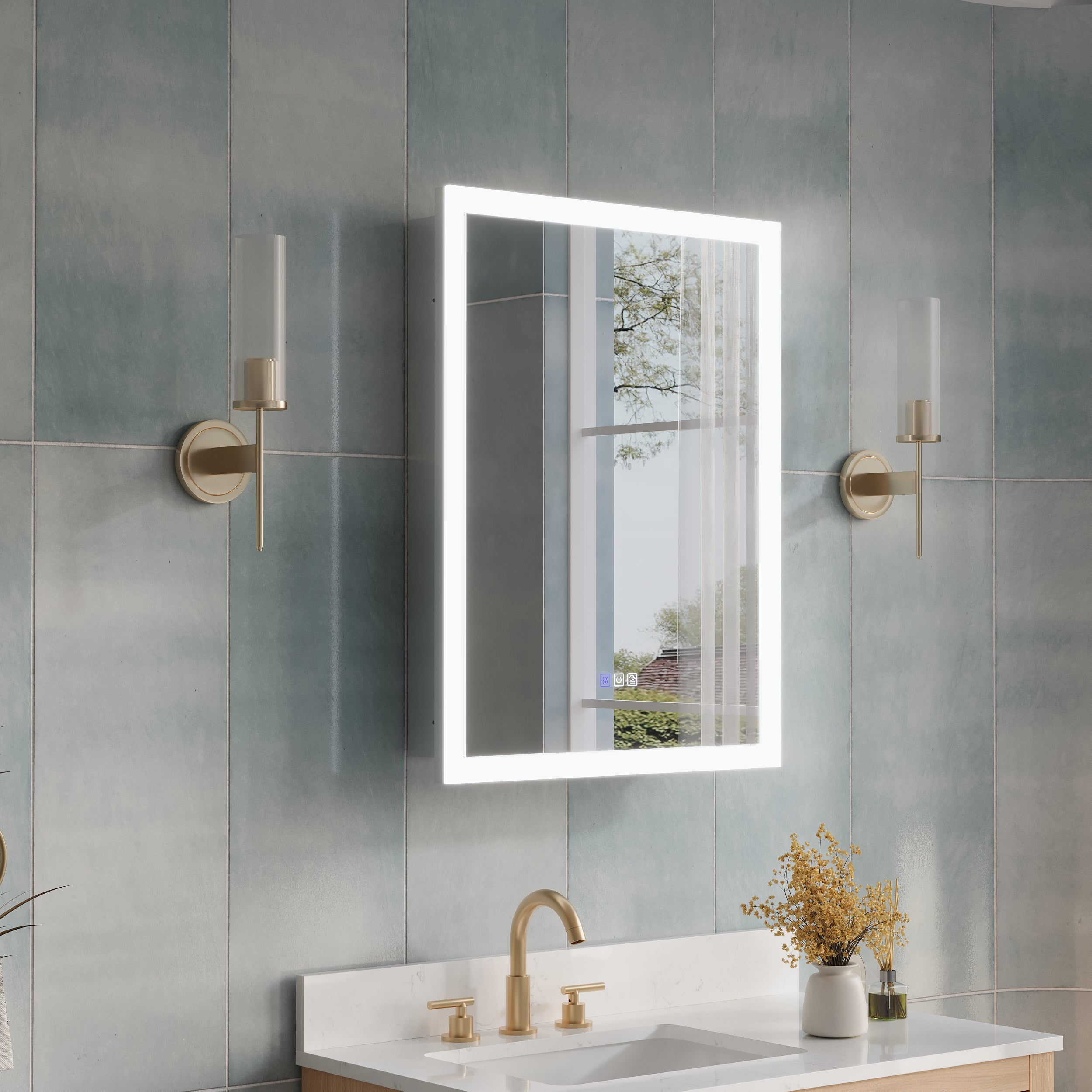
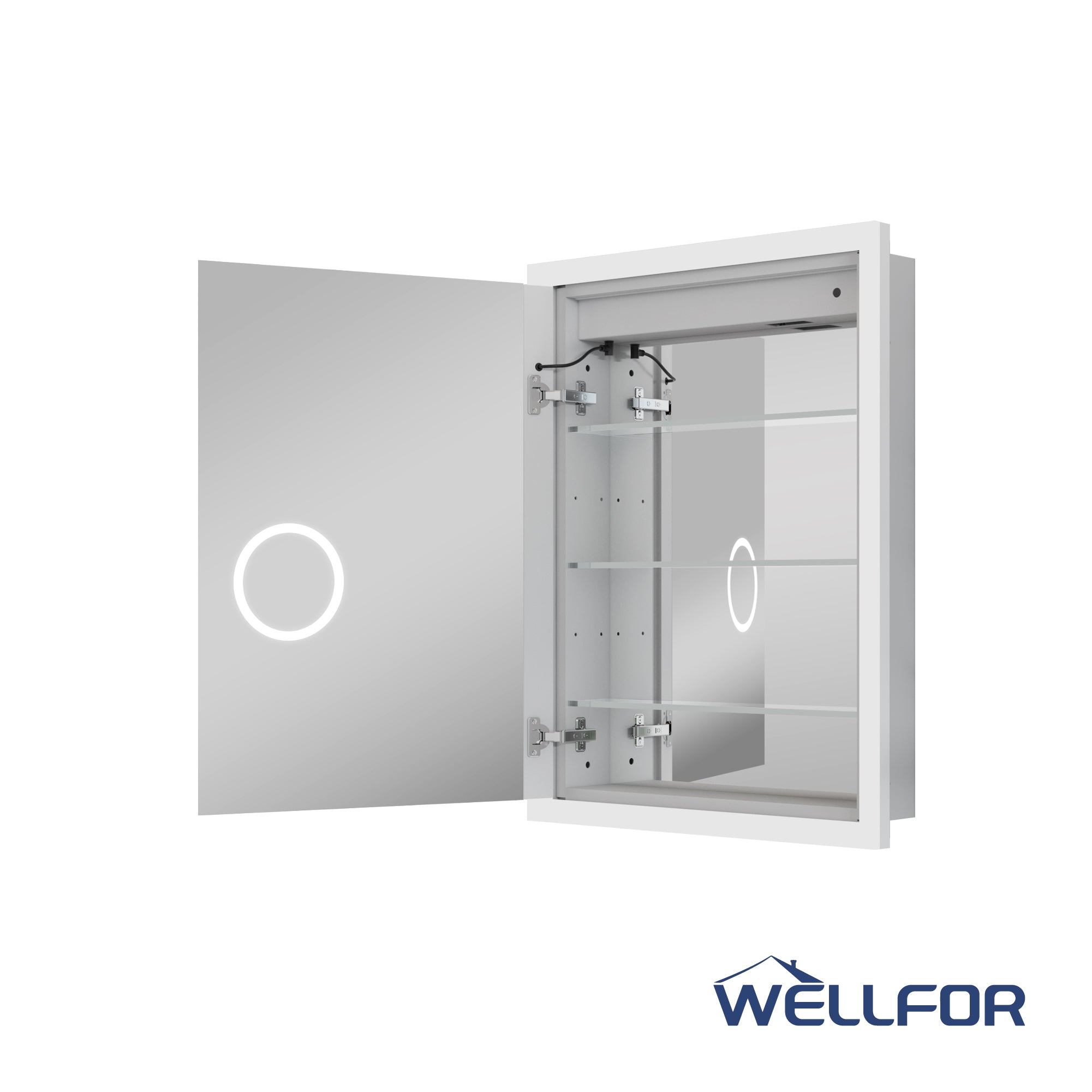
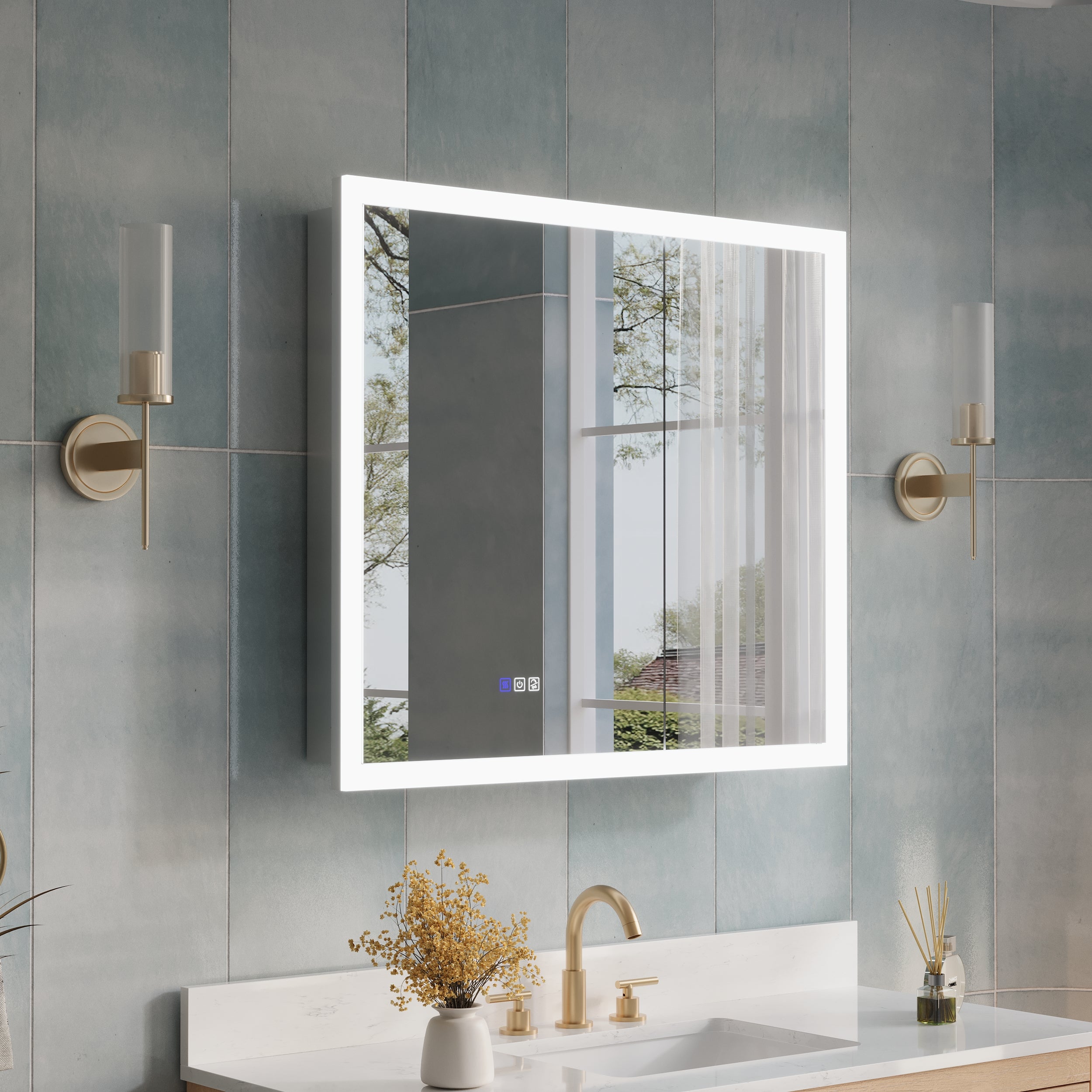




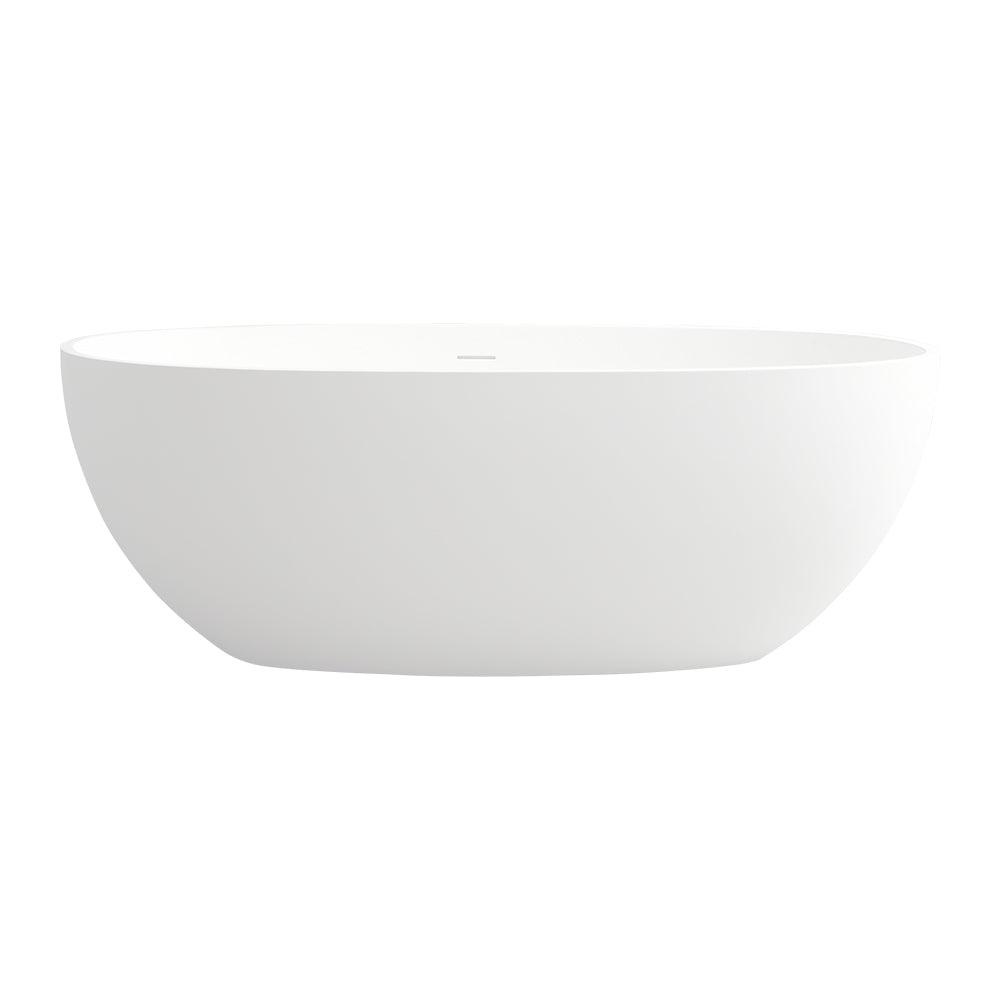
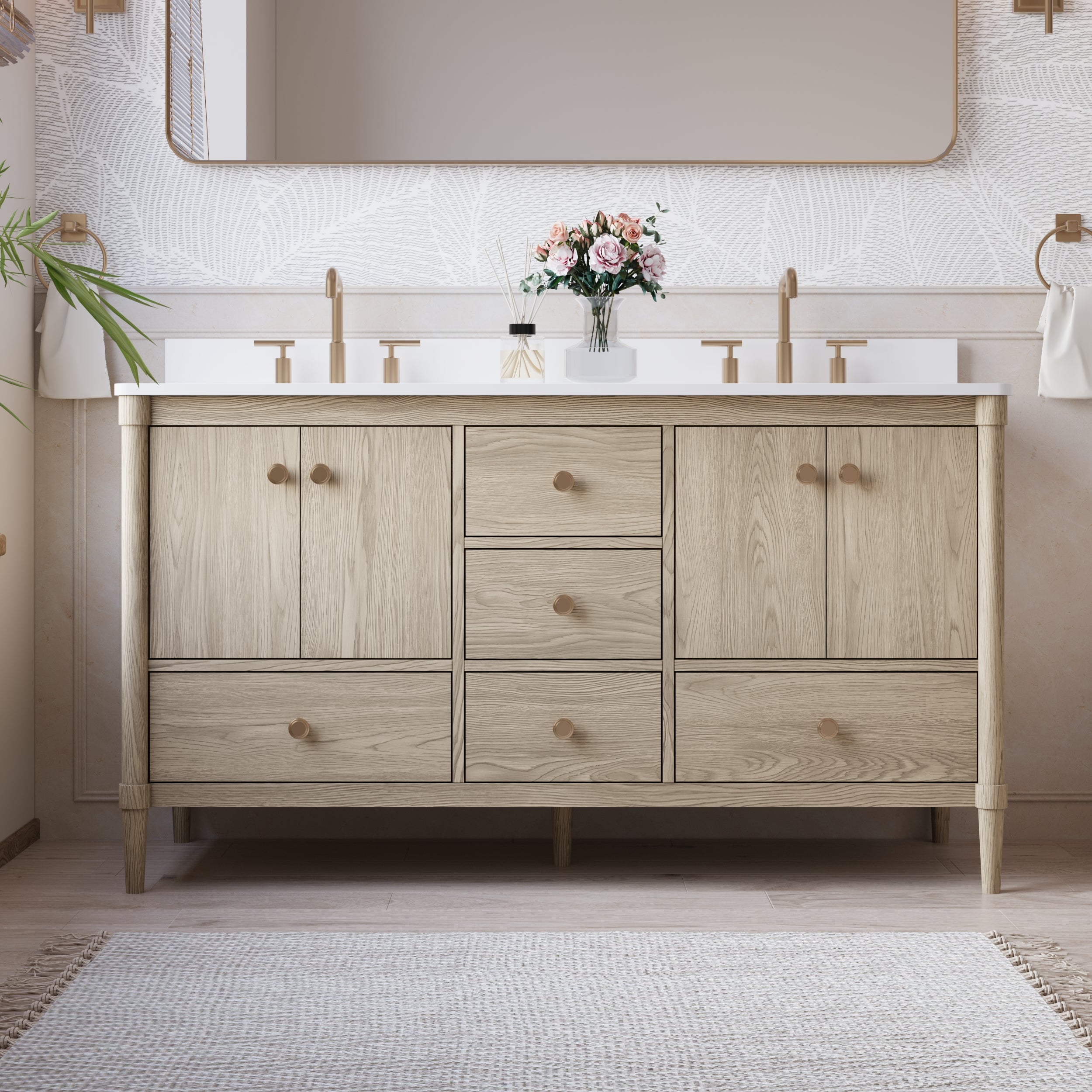
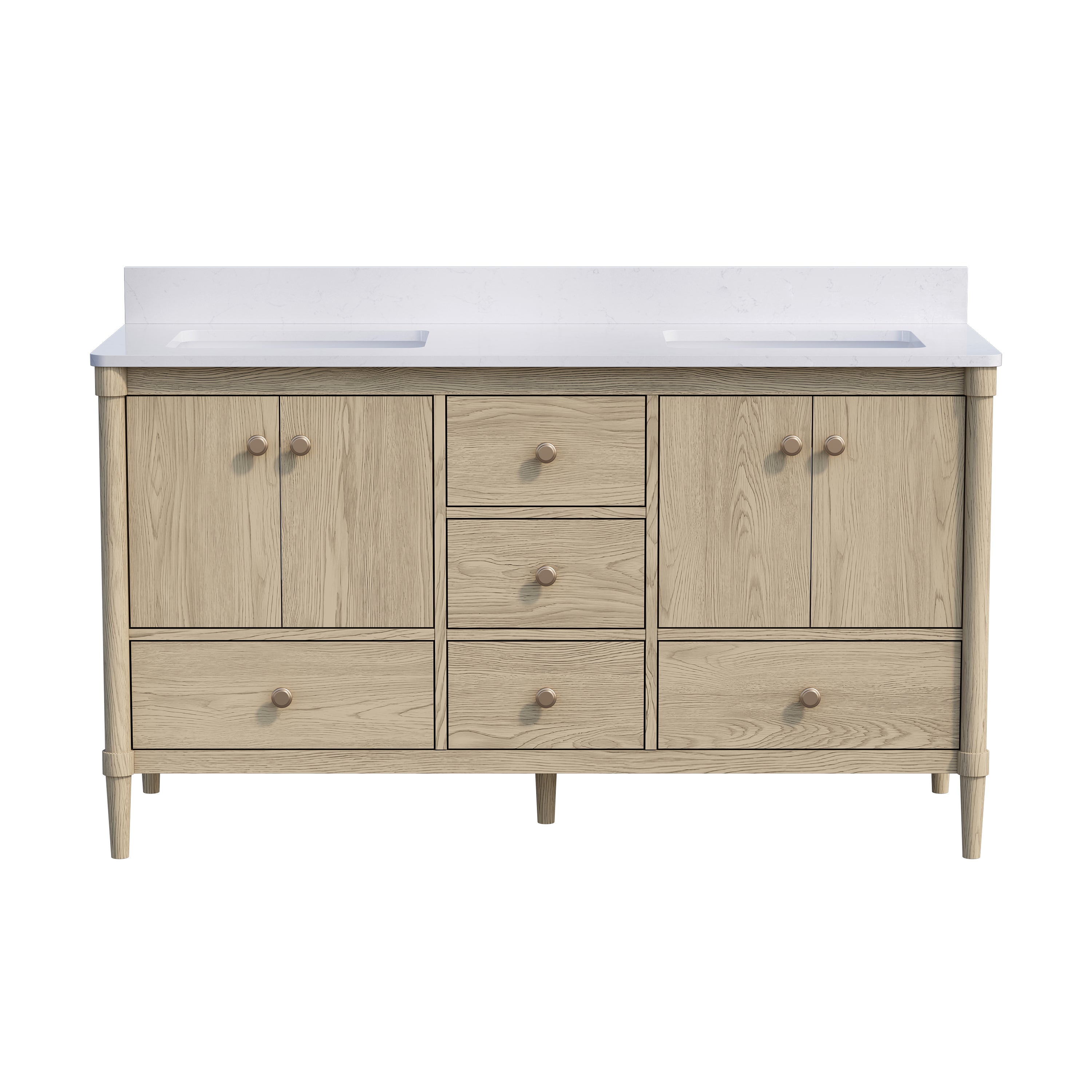
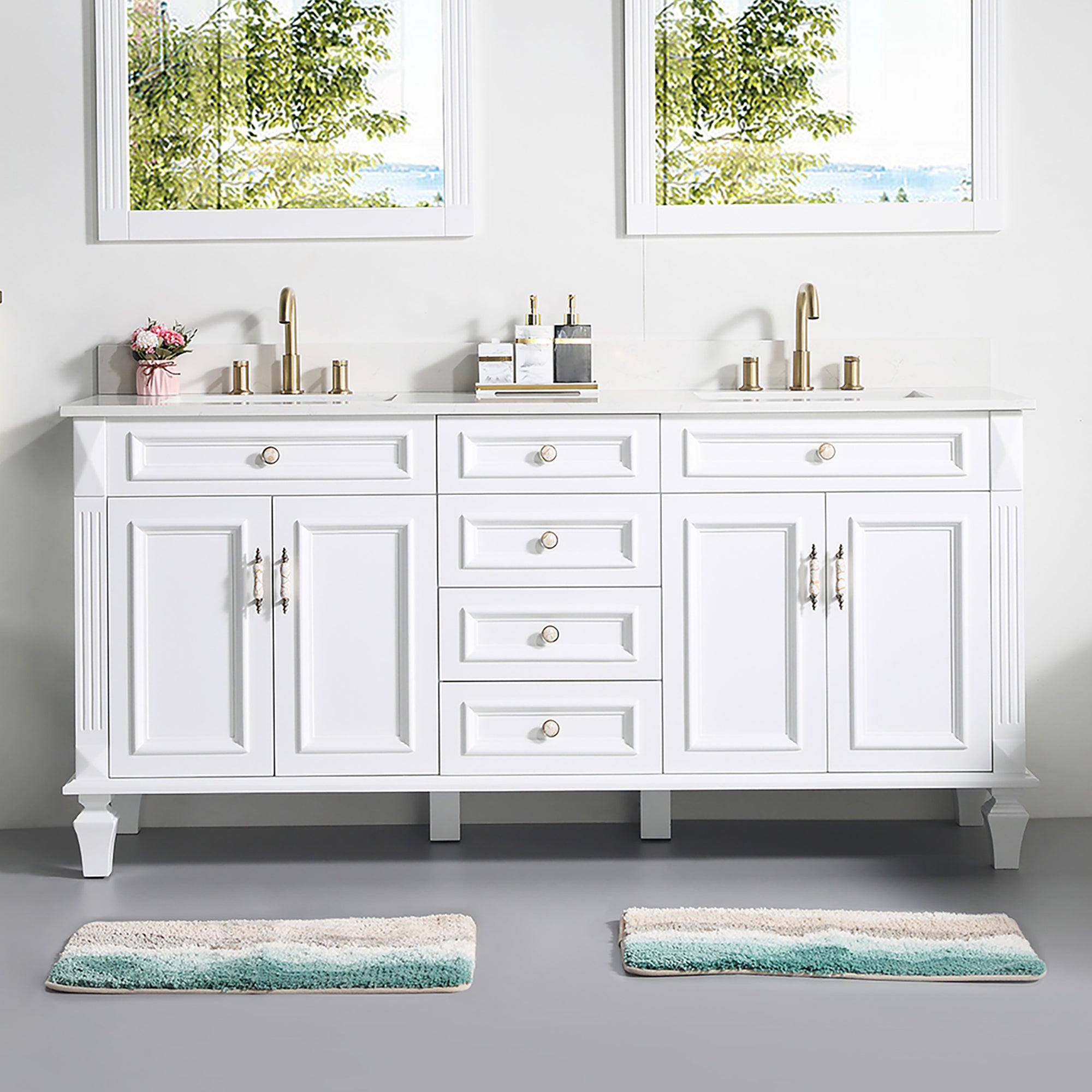

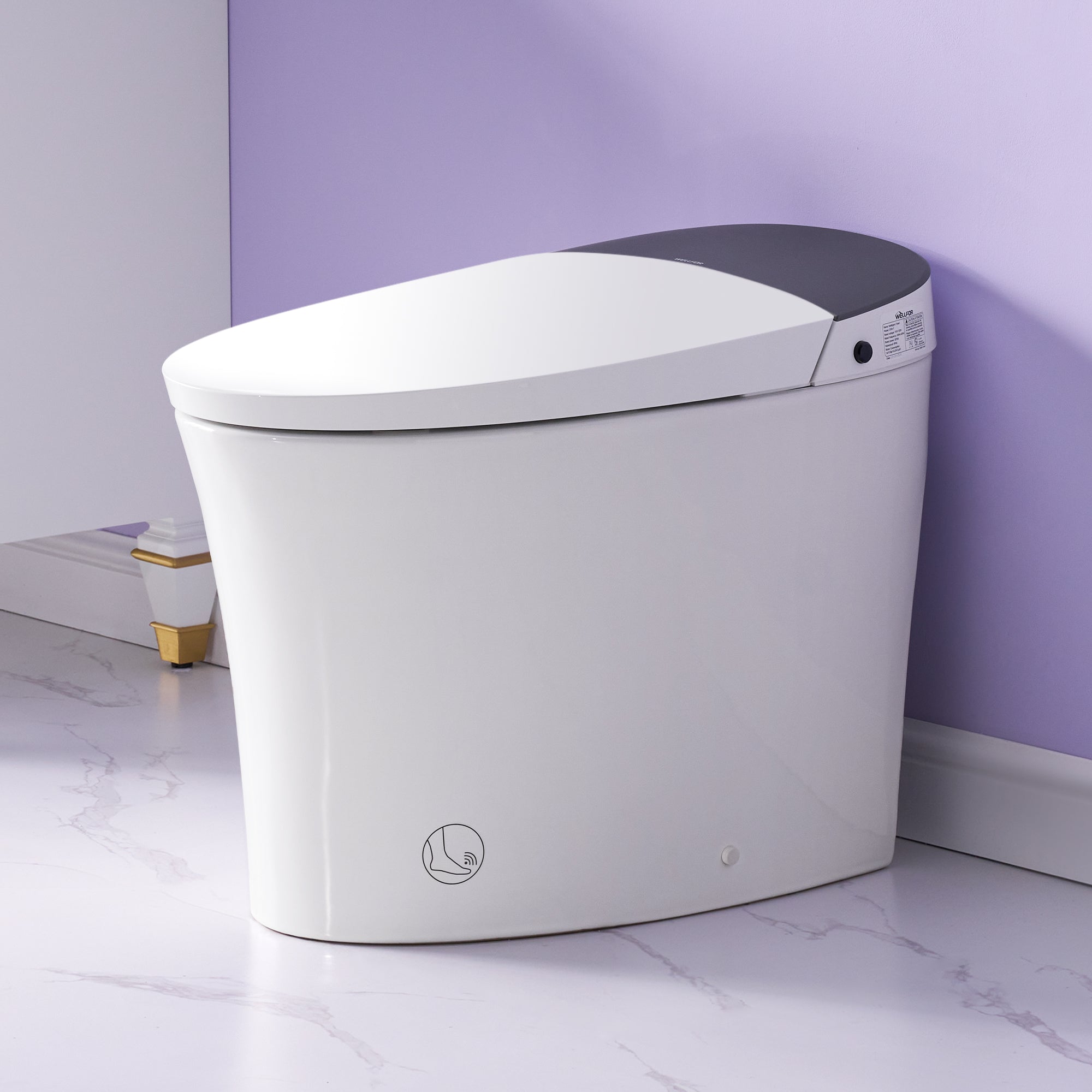
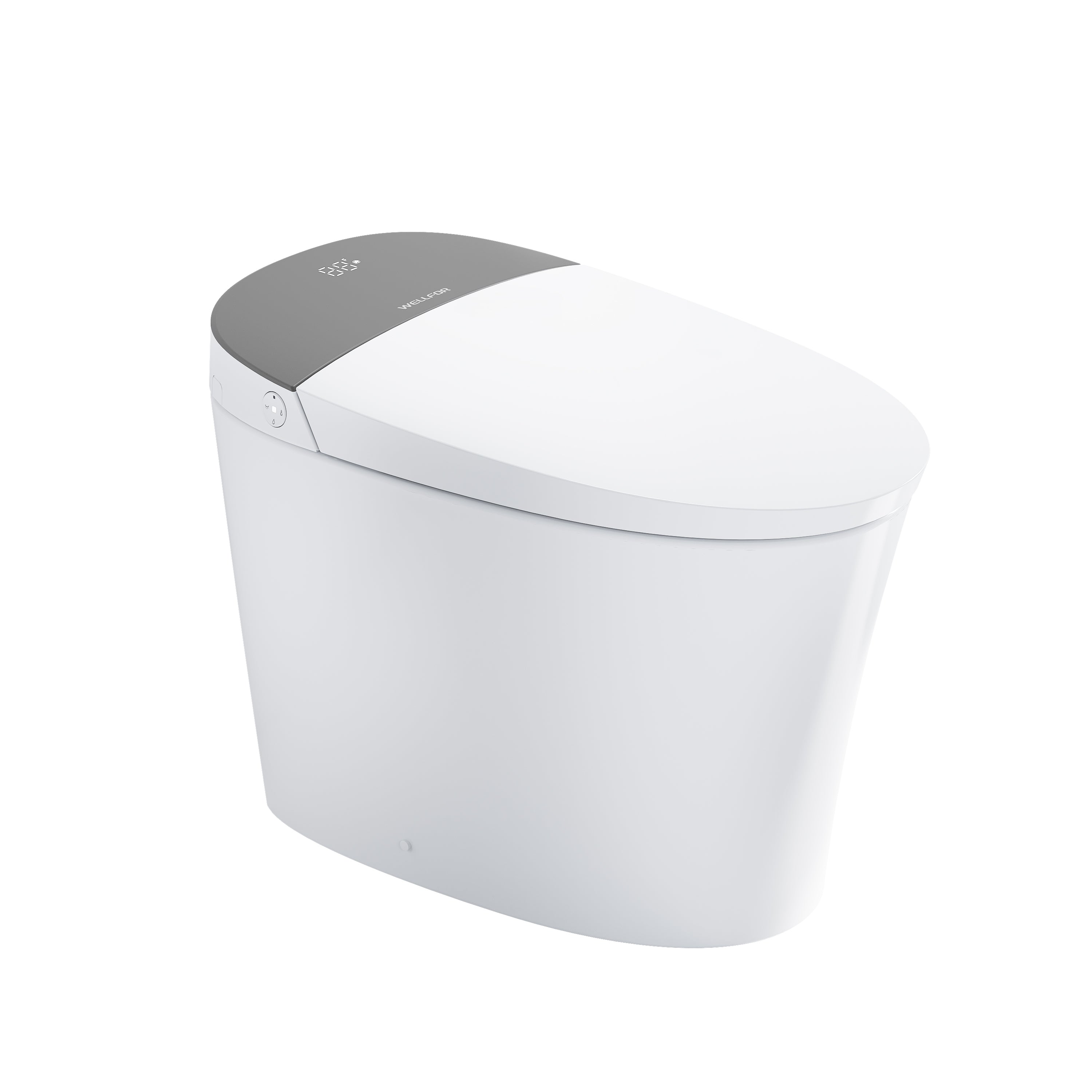

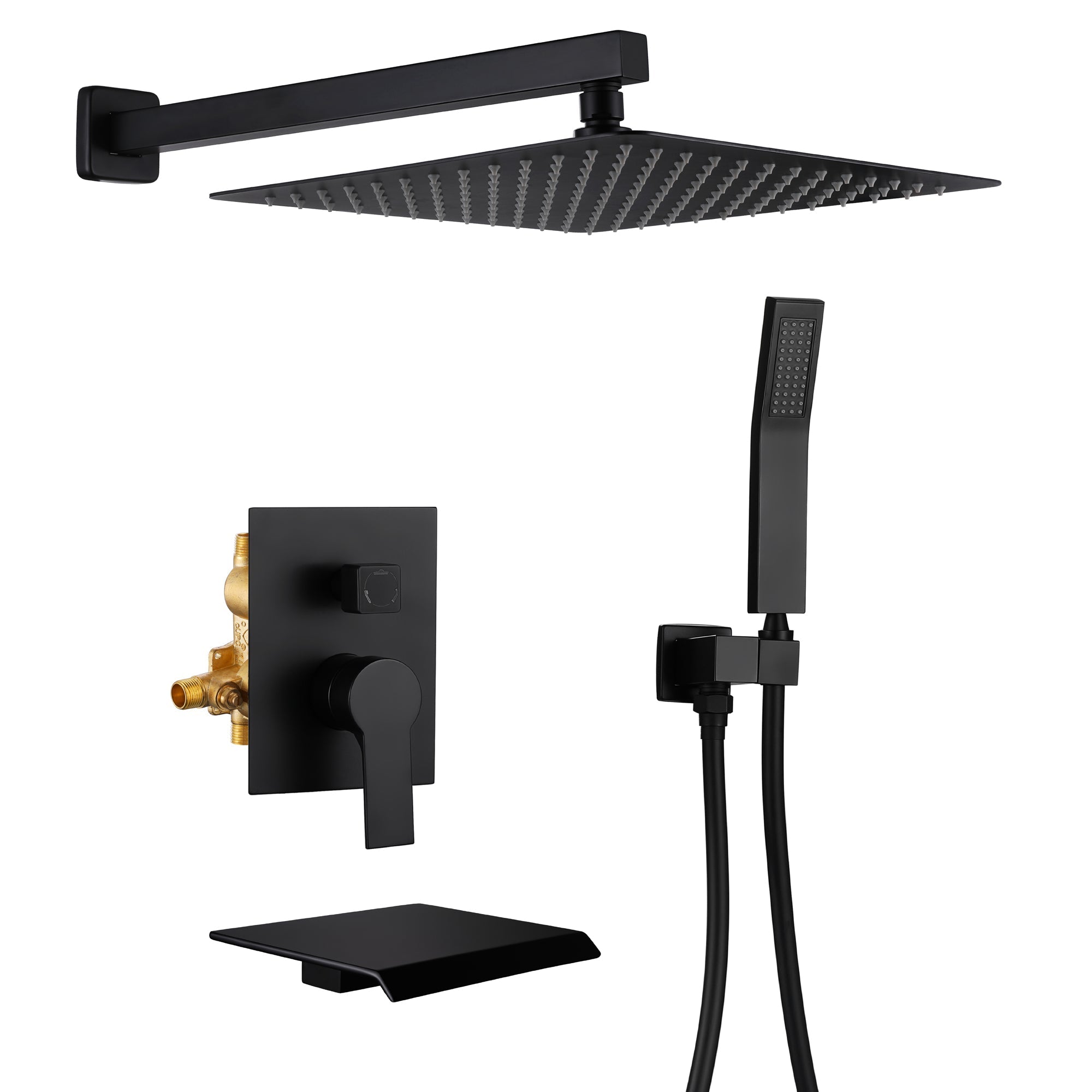
Leave a comment
This site is protected by hCaptcha and the hCaptcha Privacy Policy and Terms of Service apply.